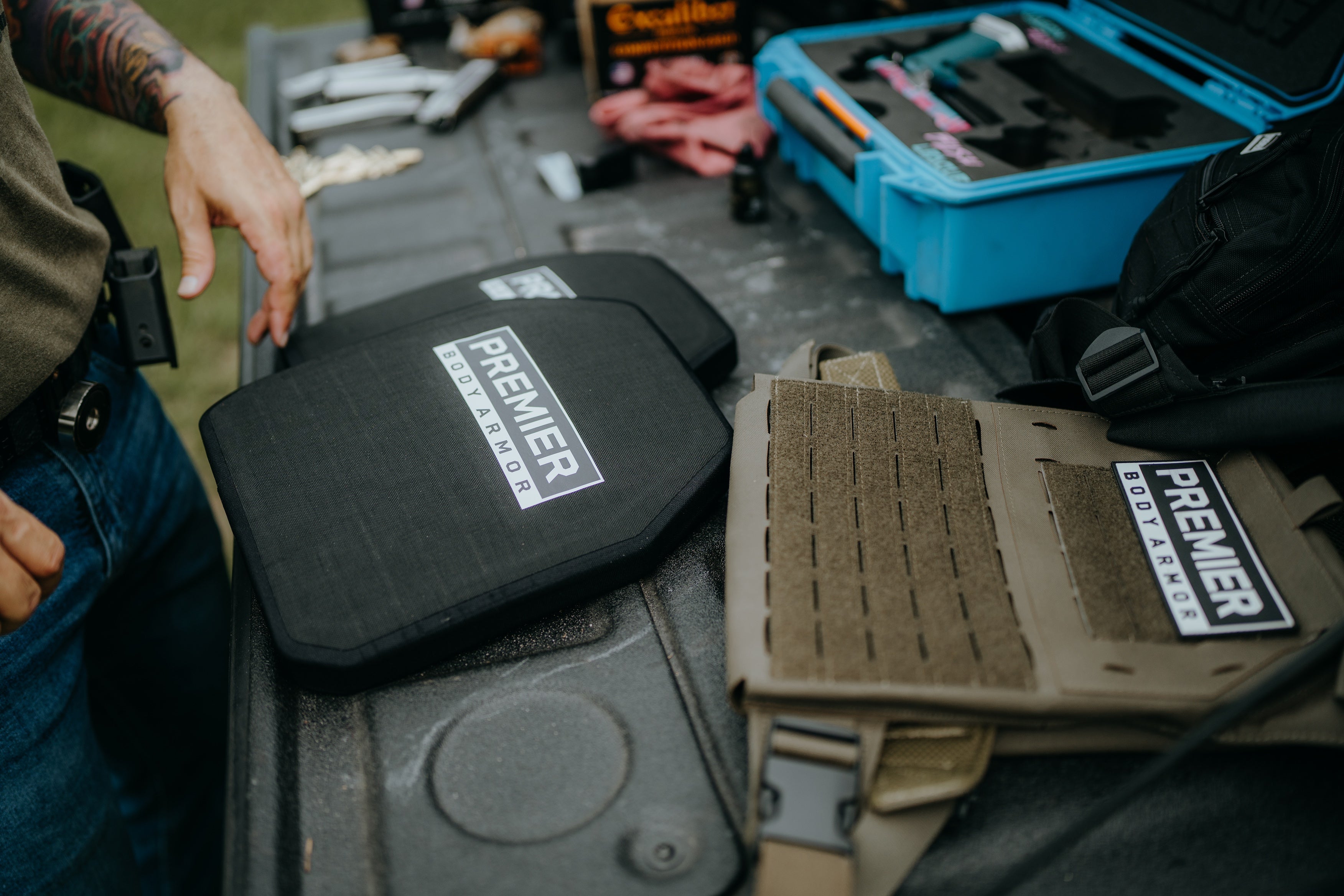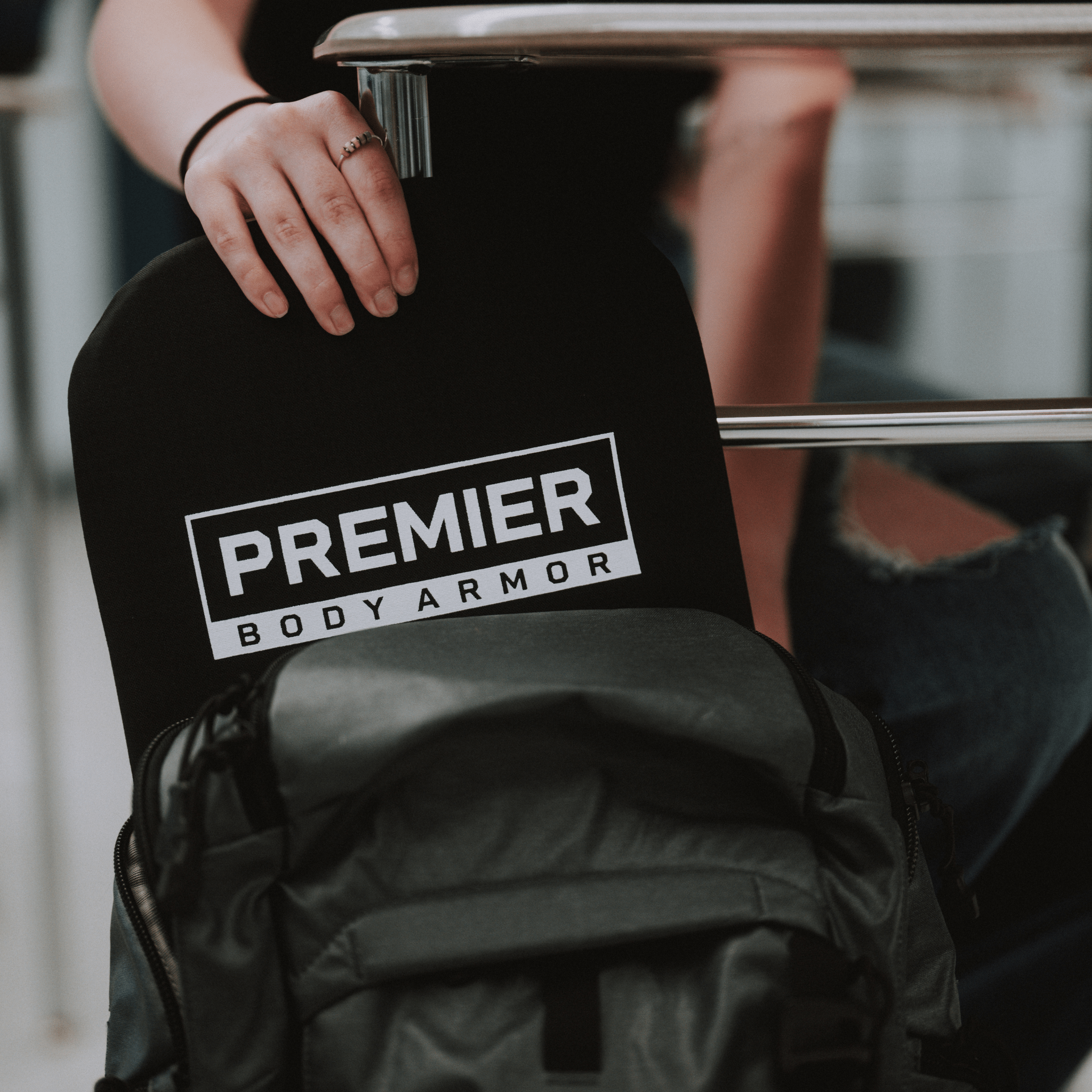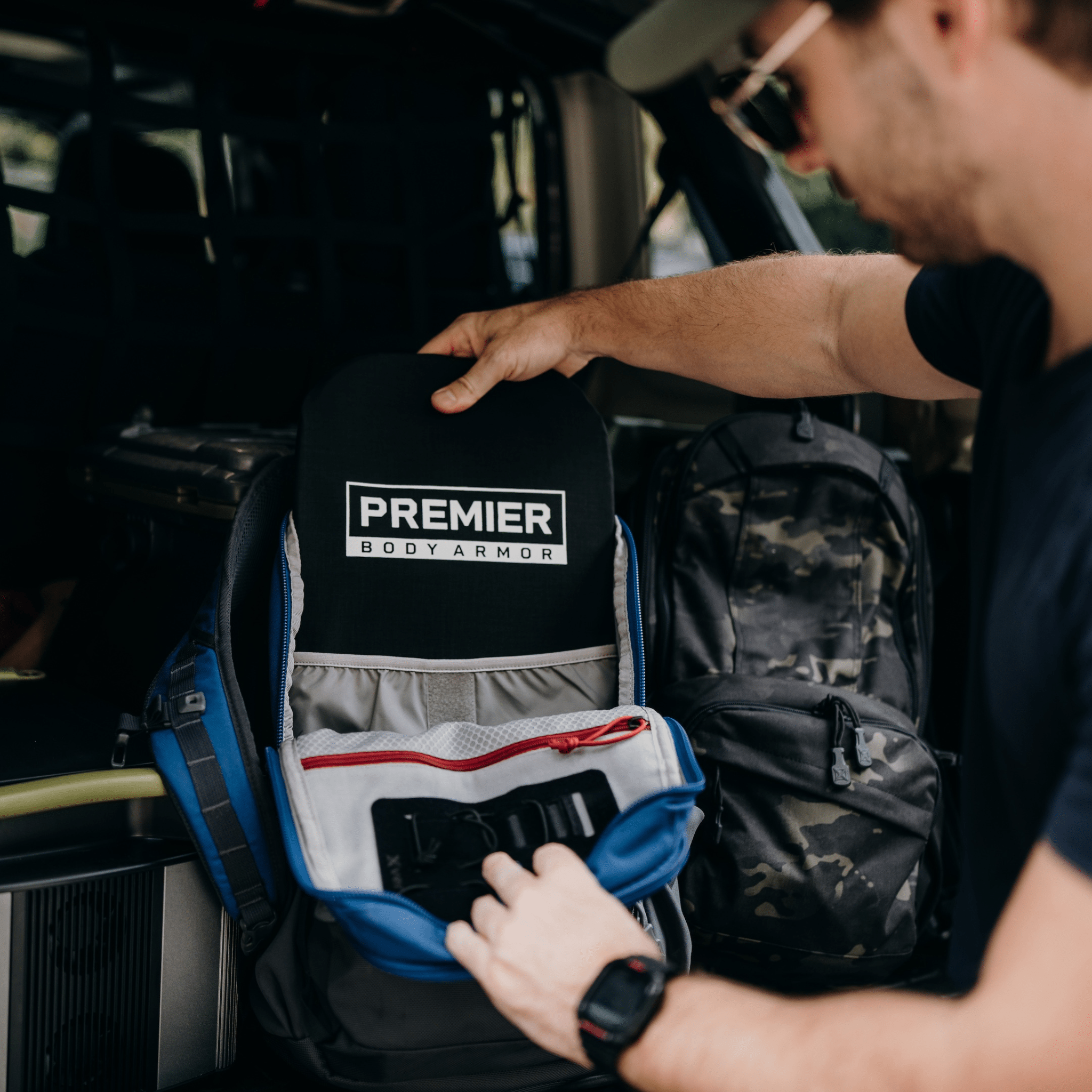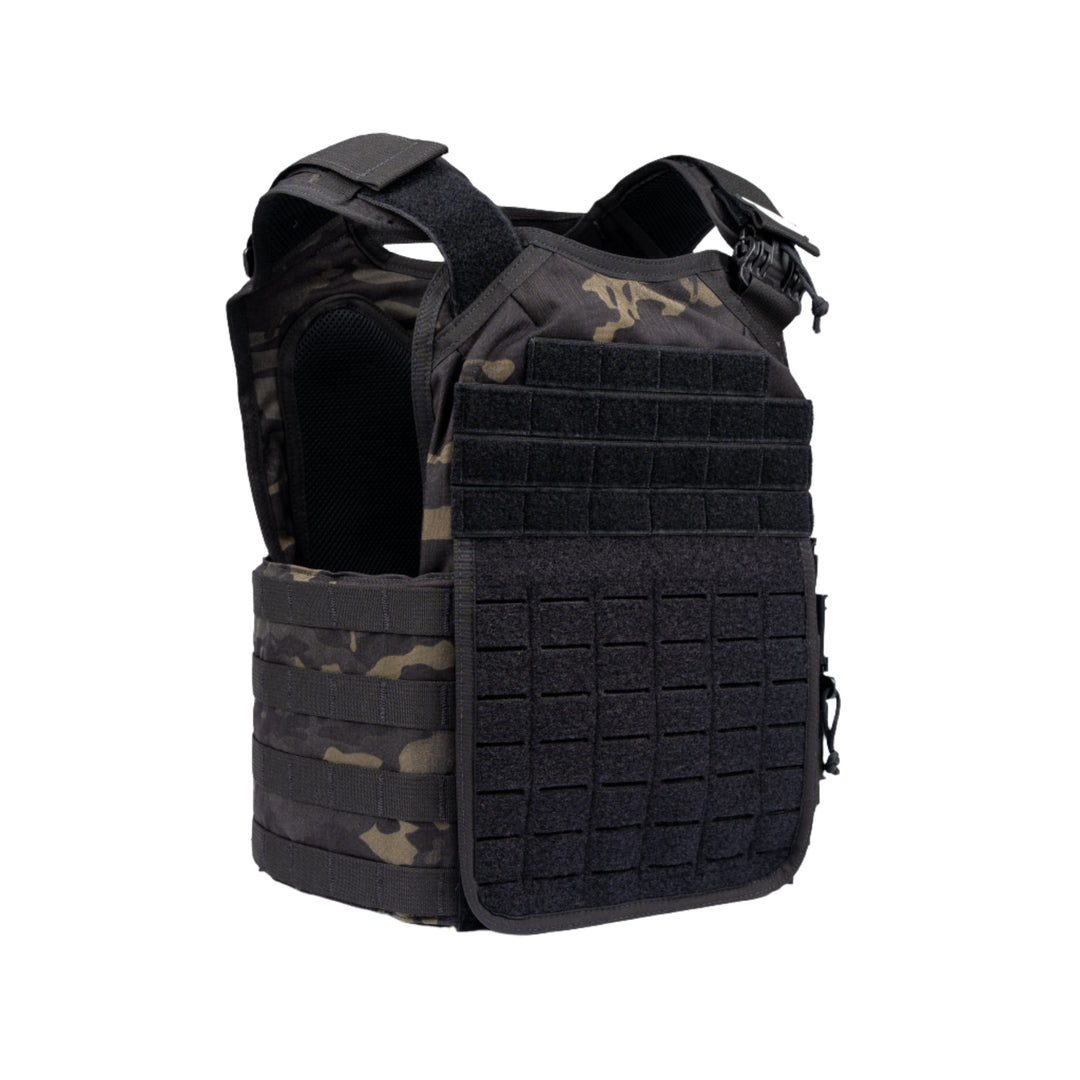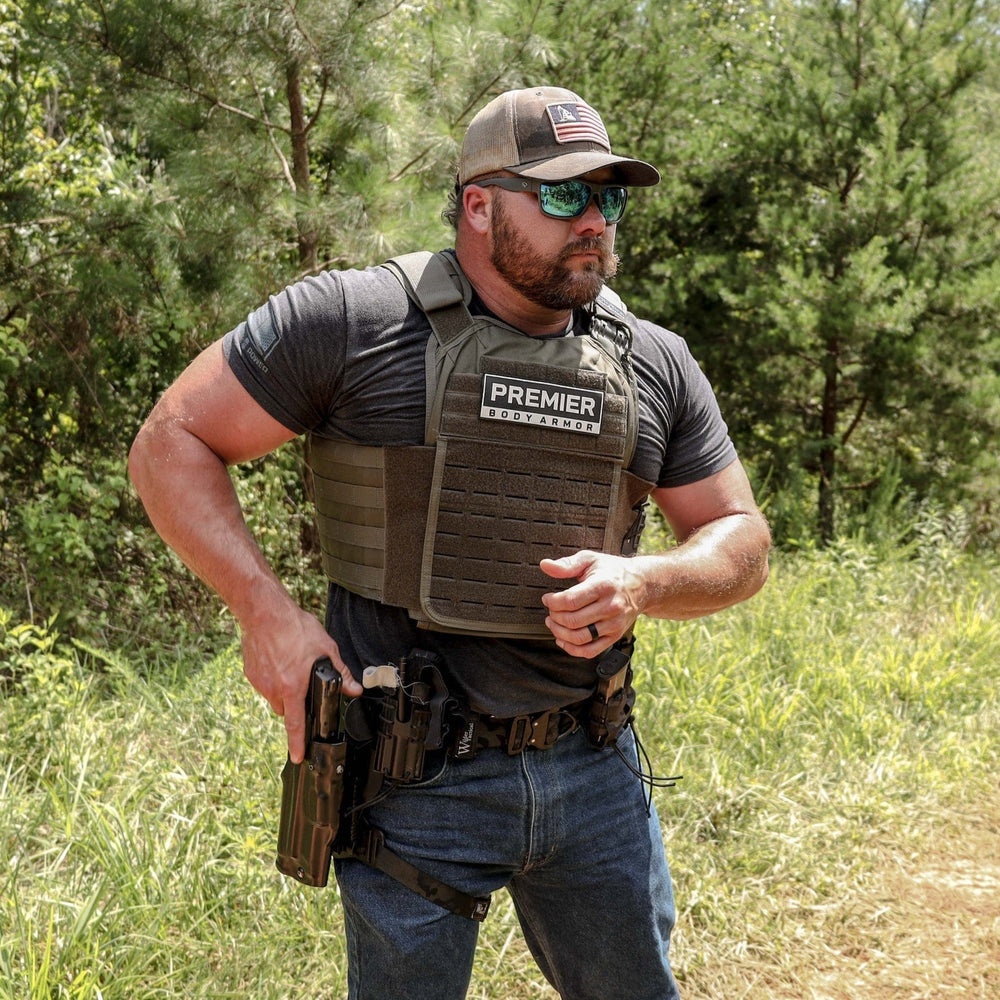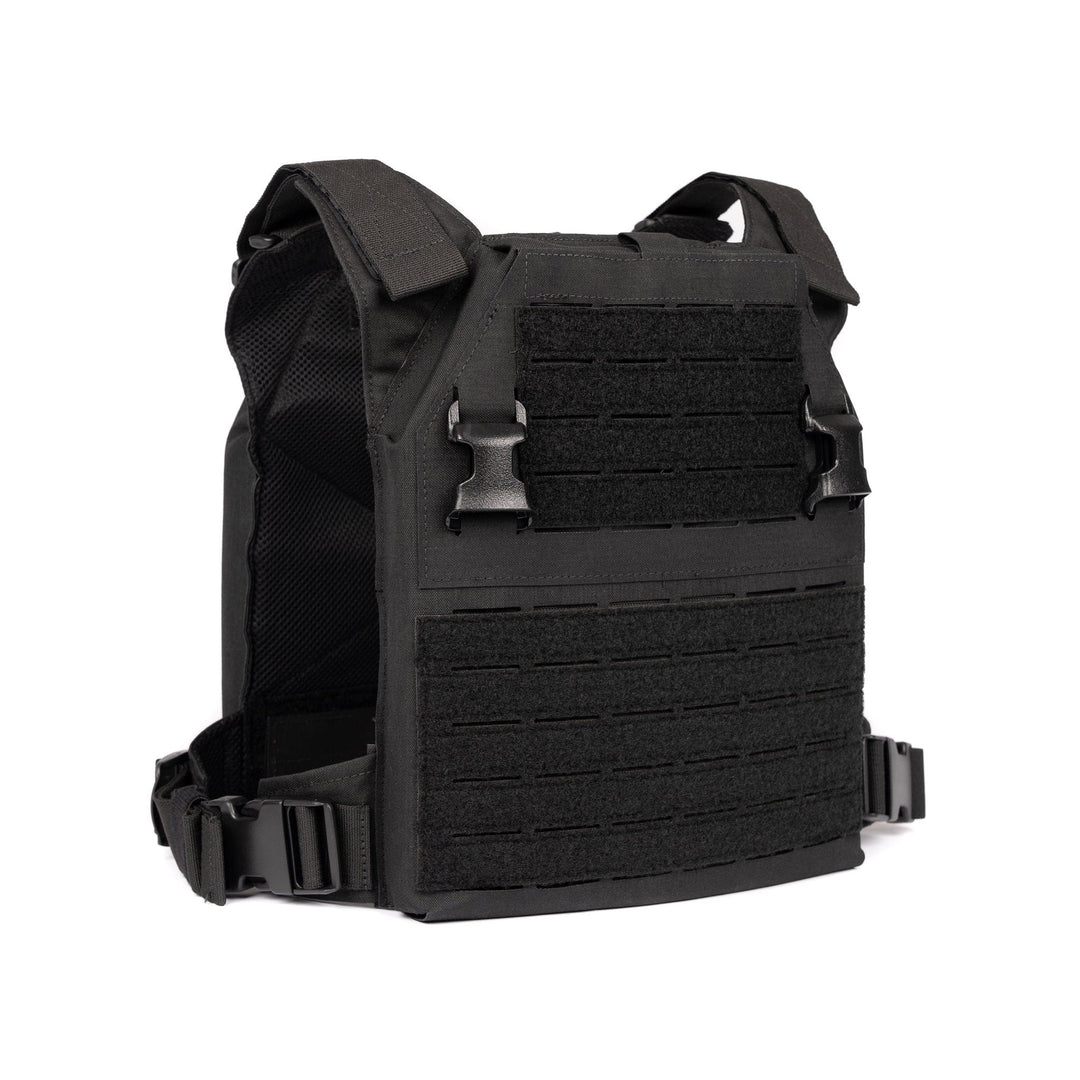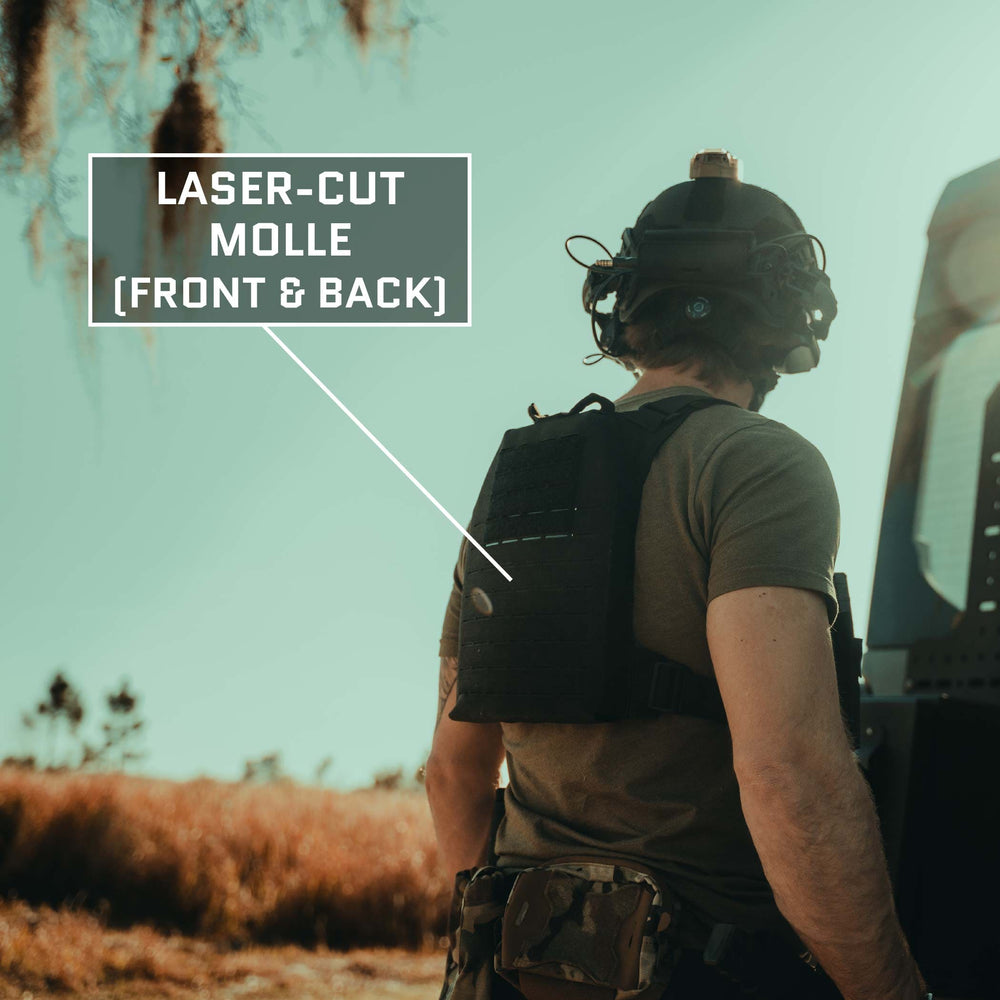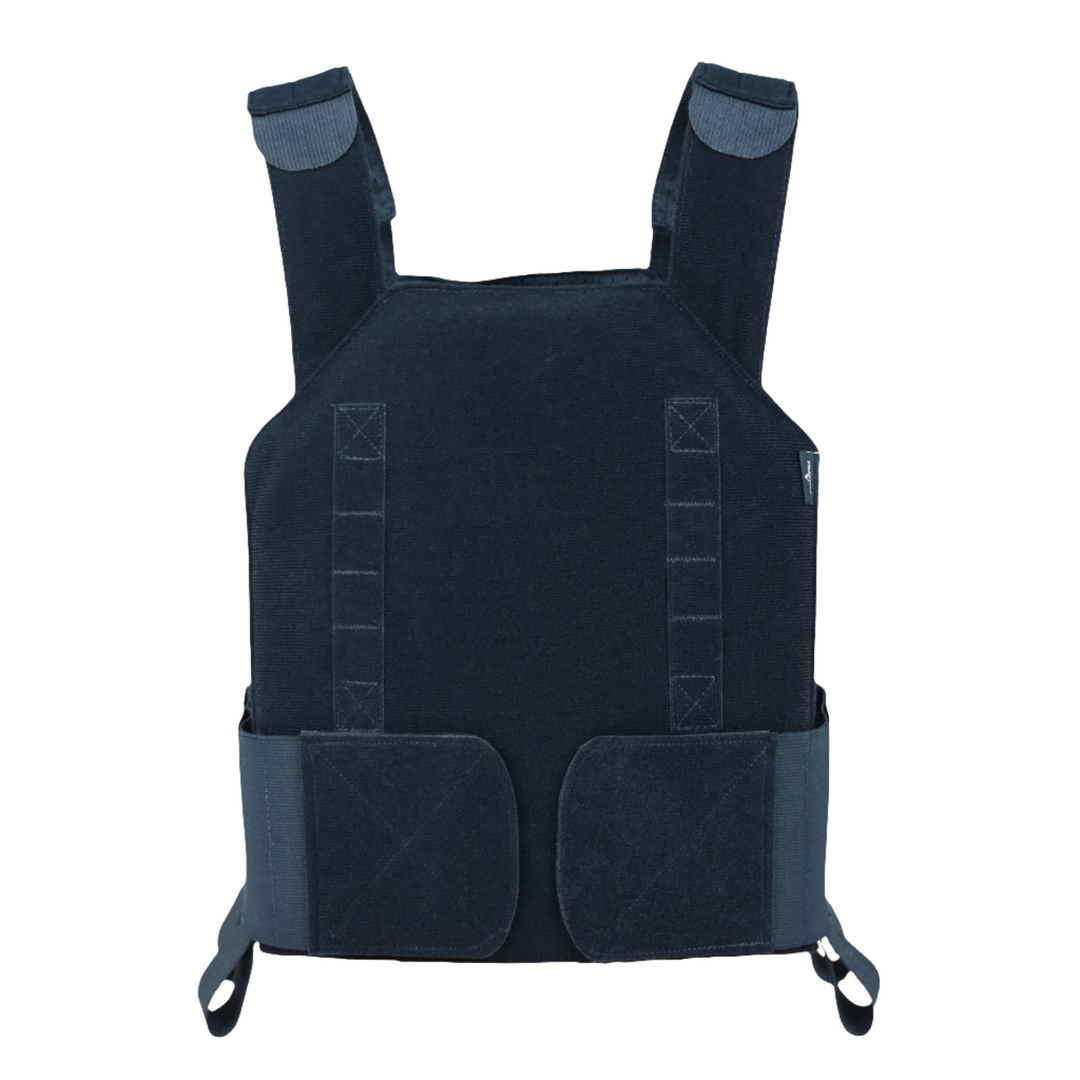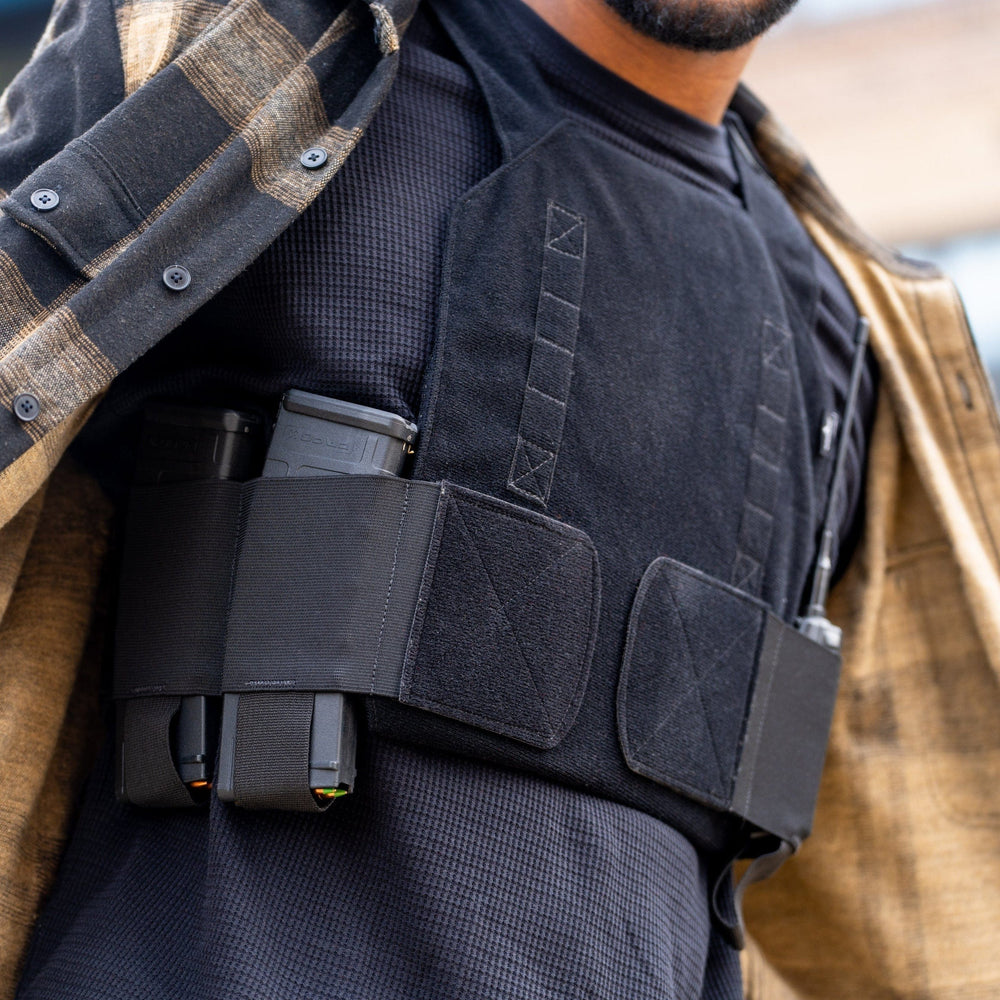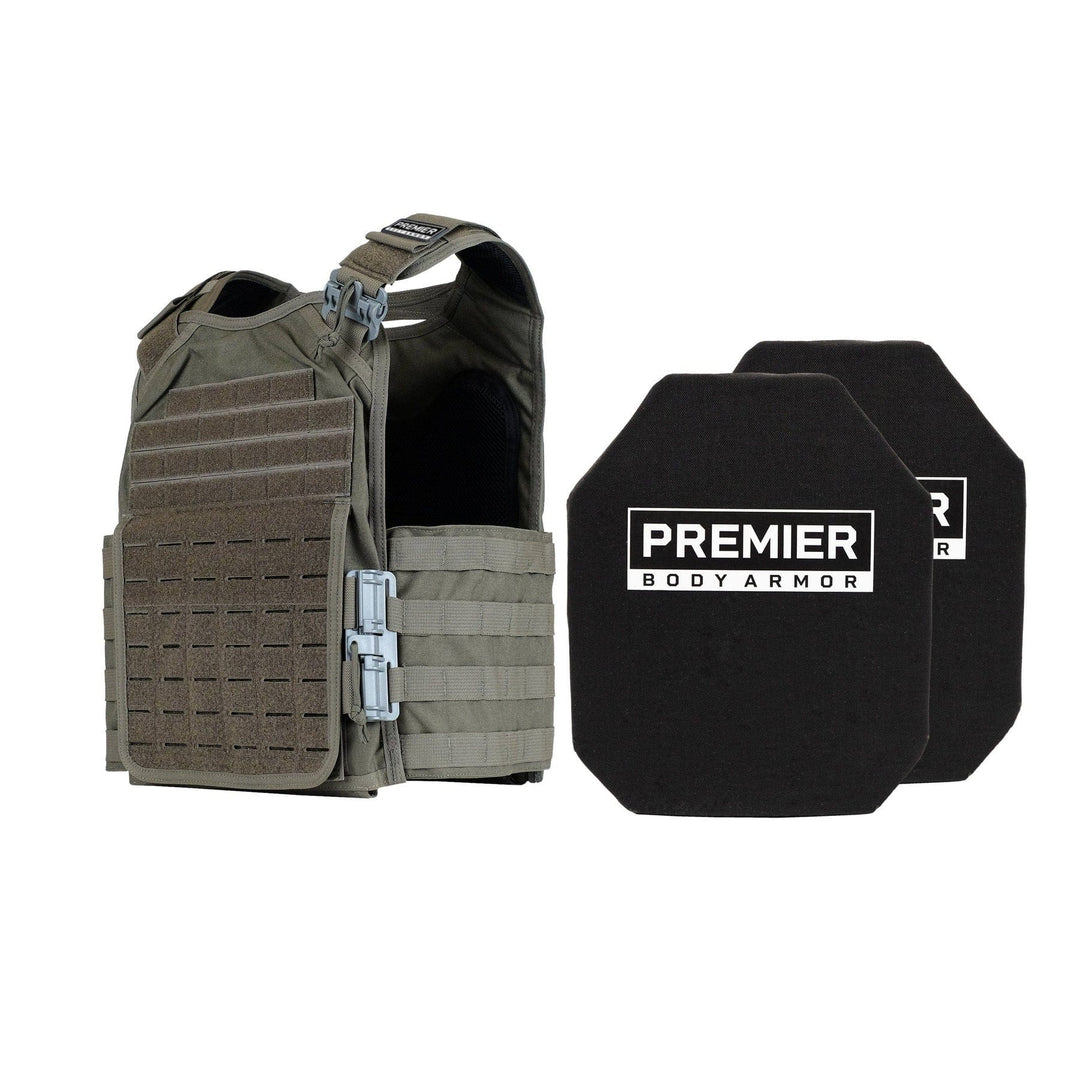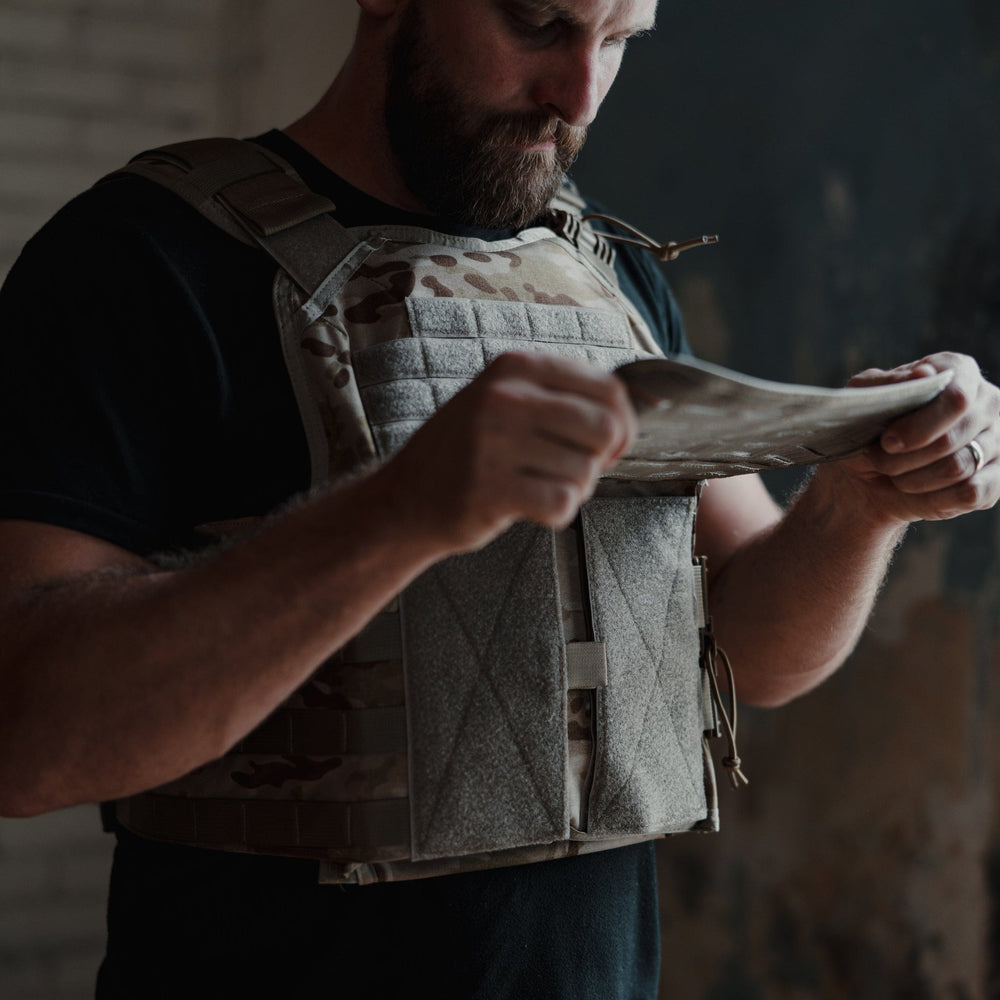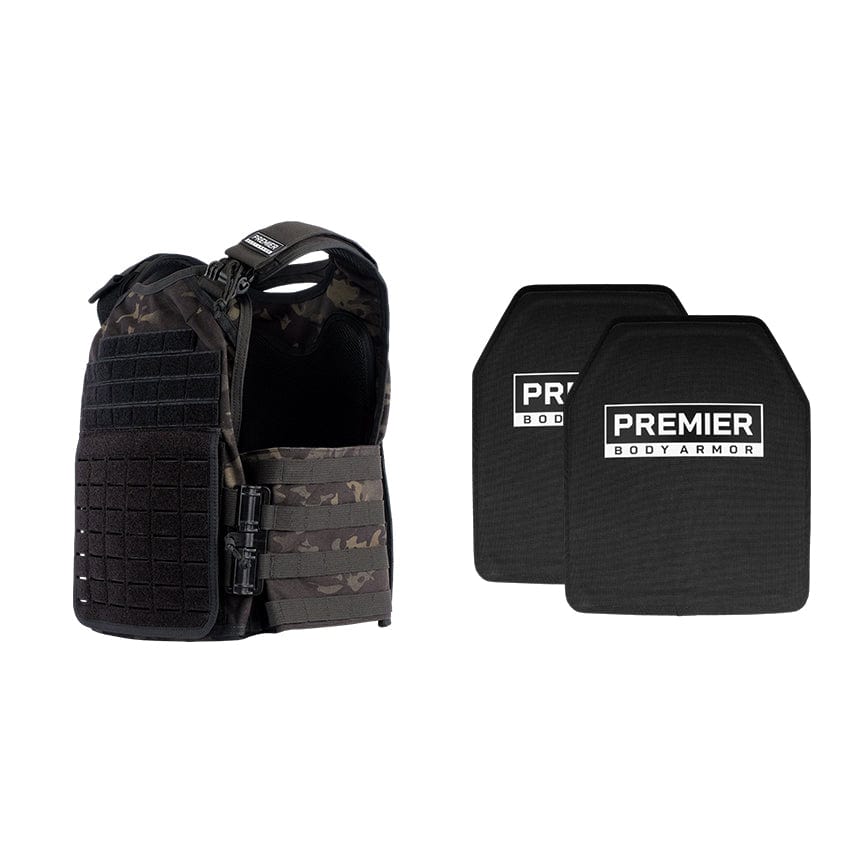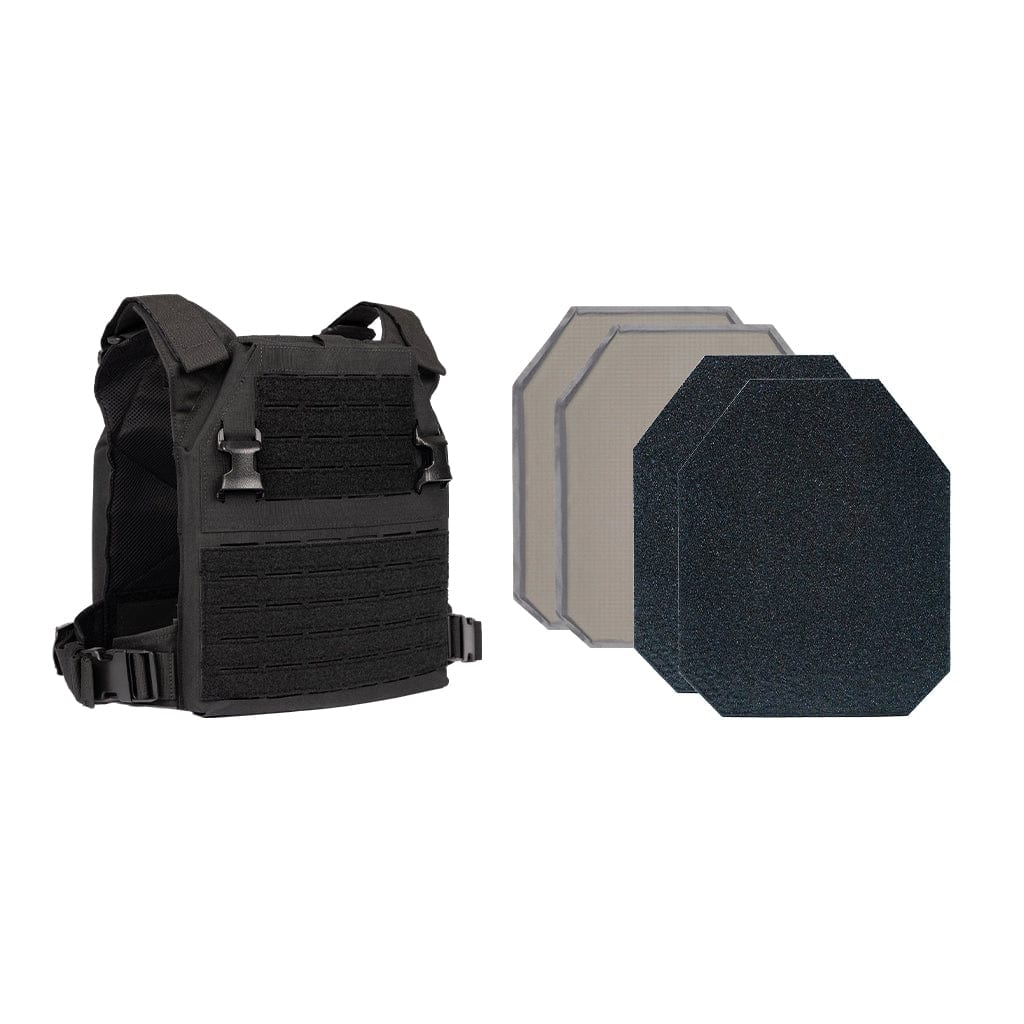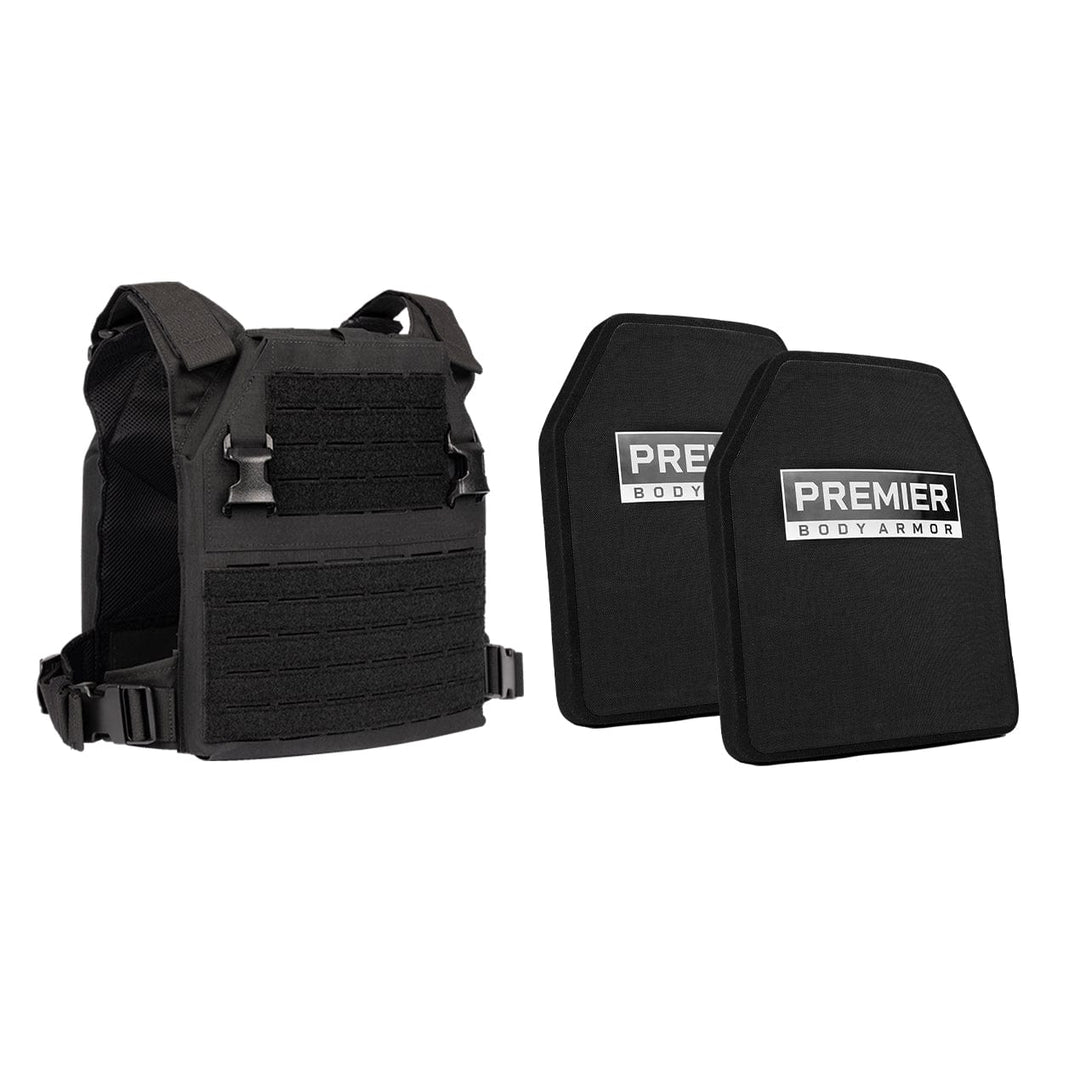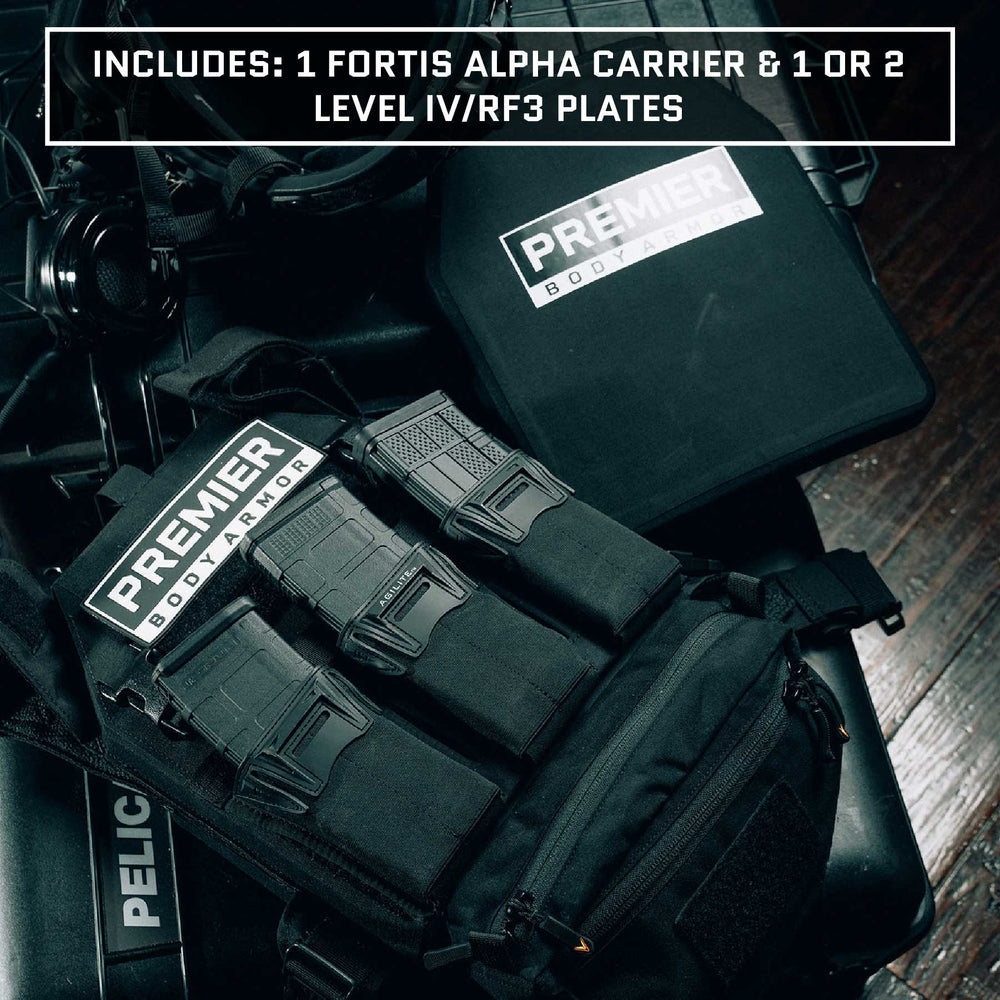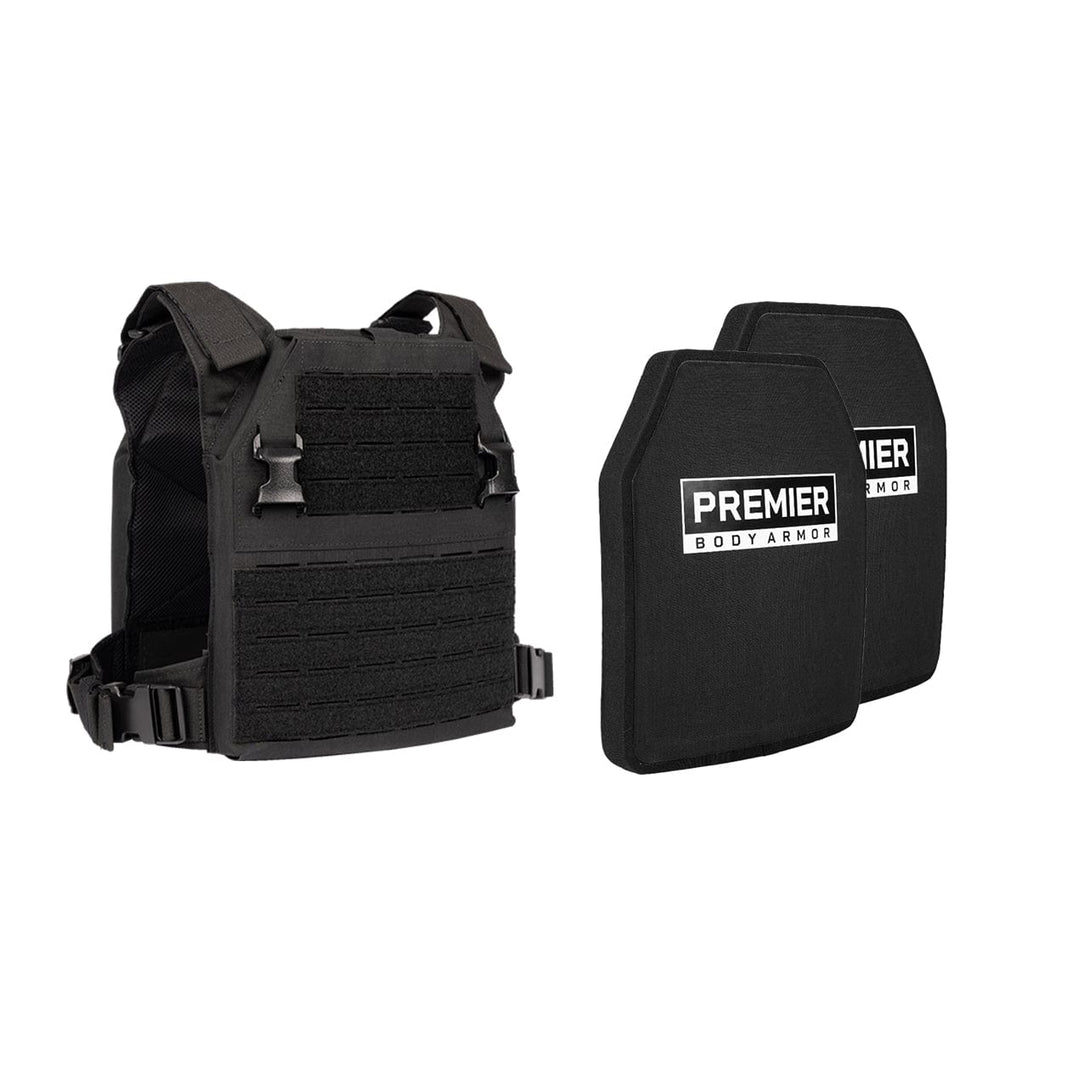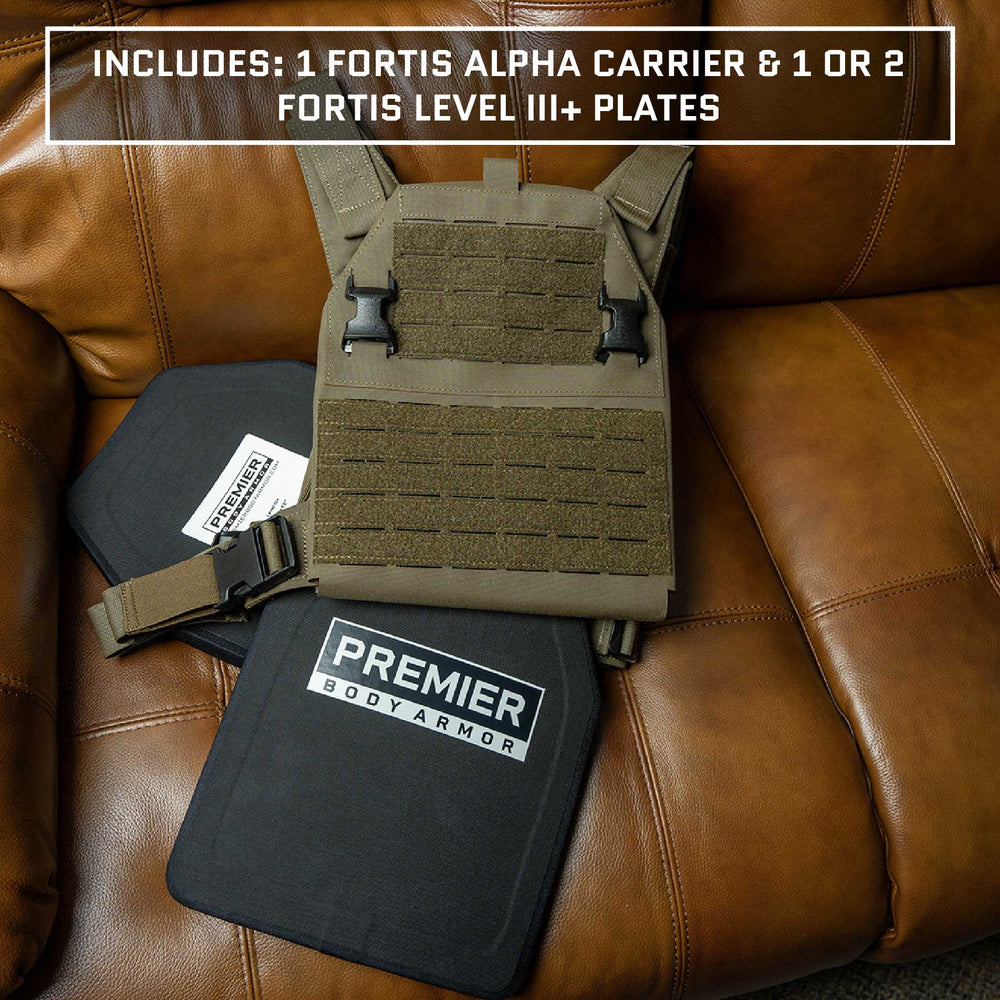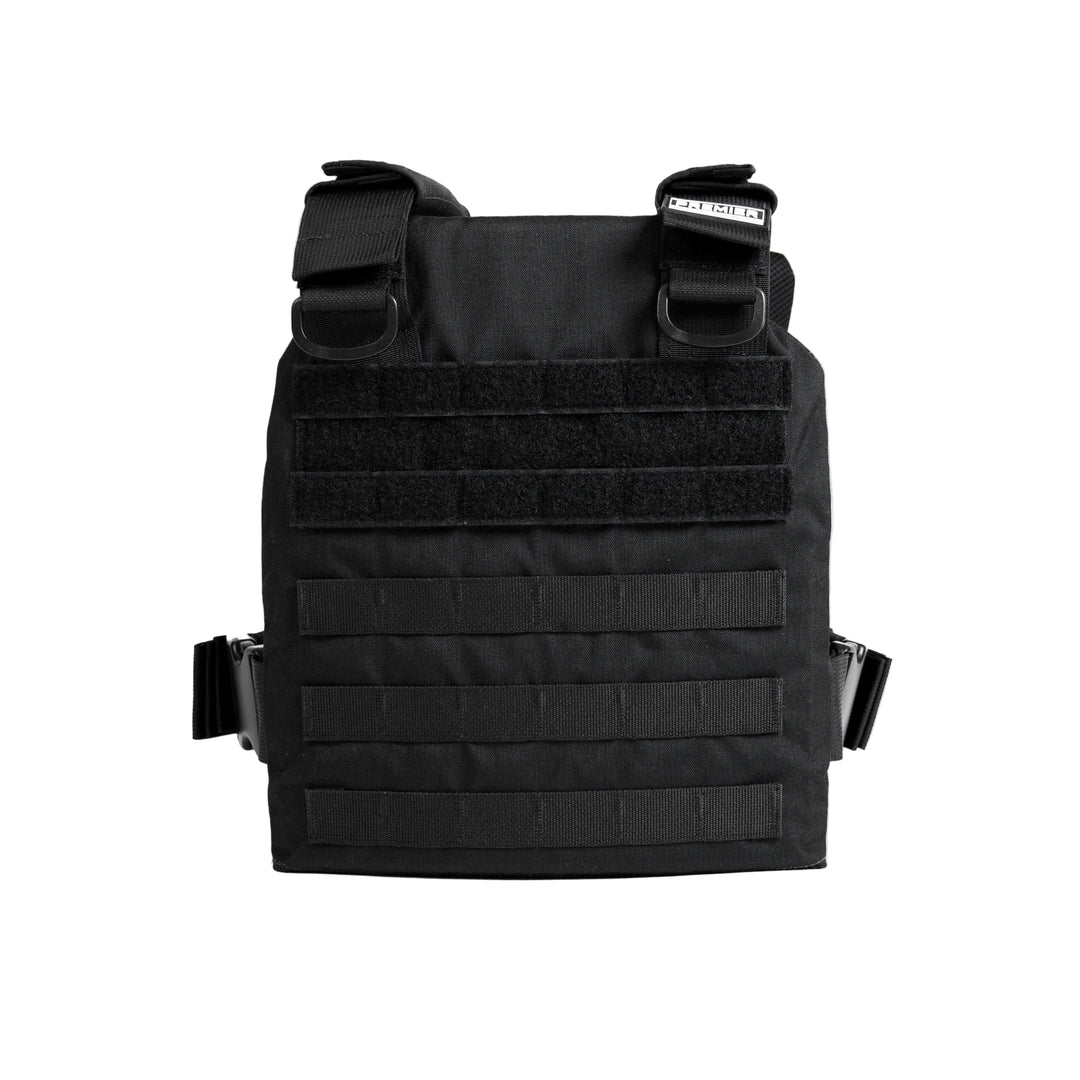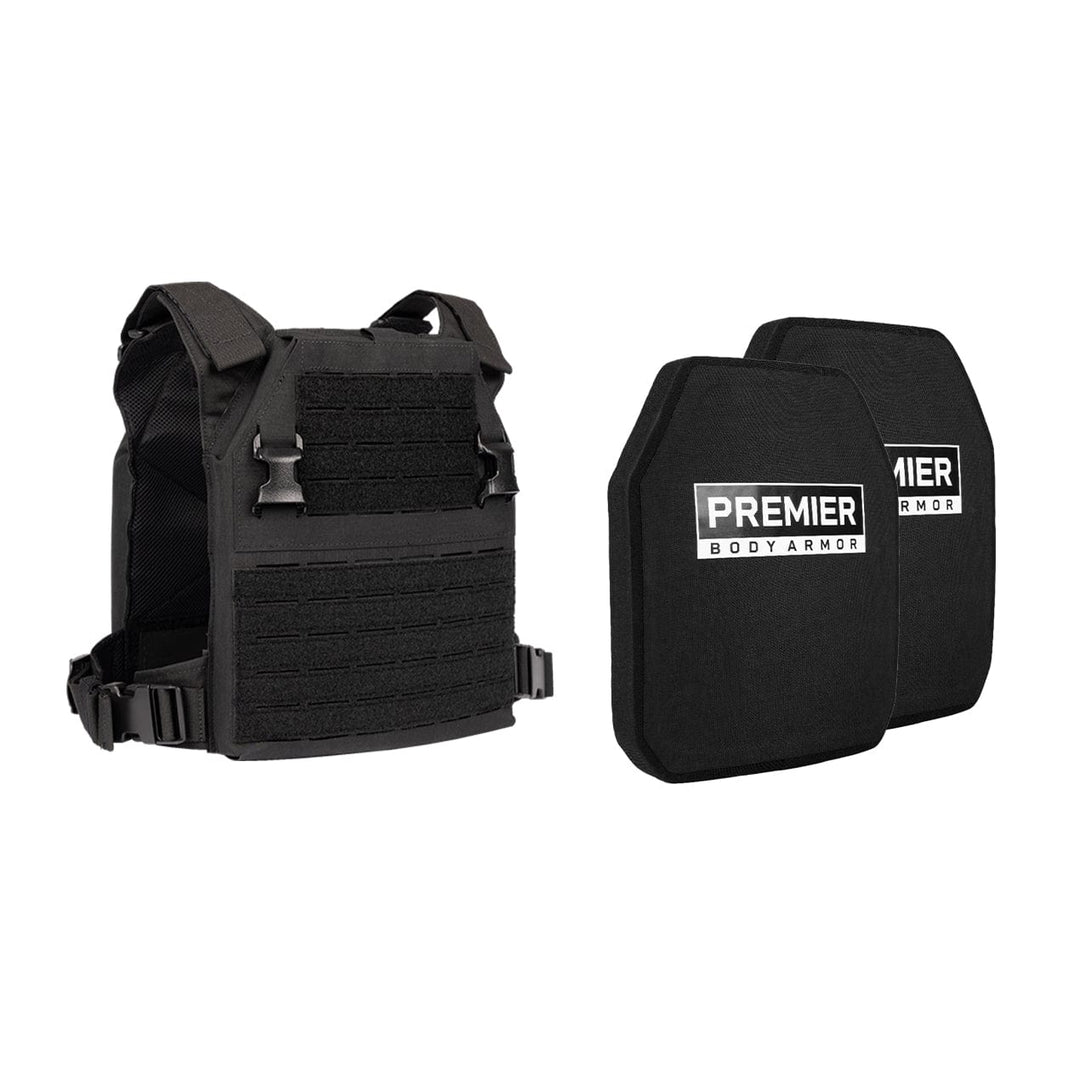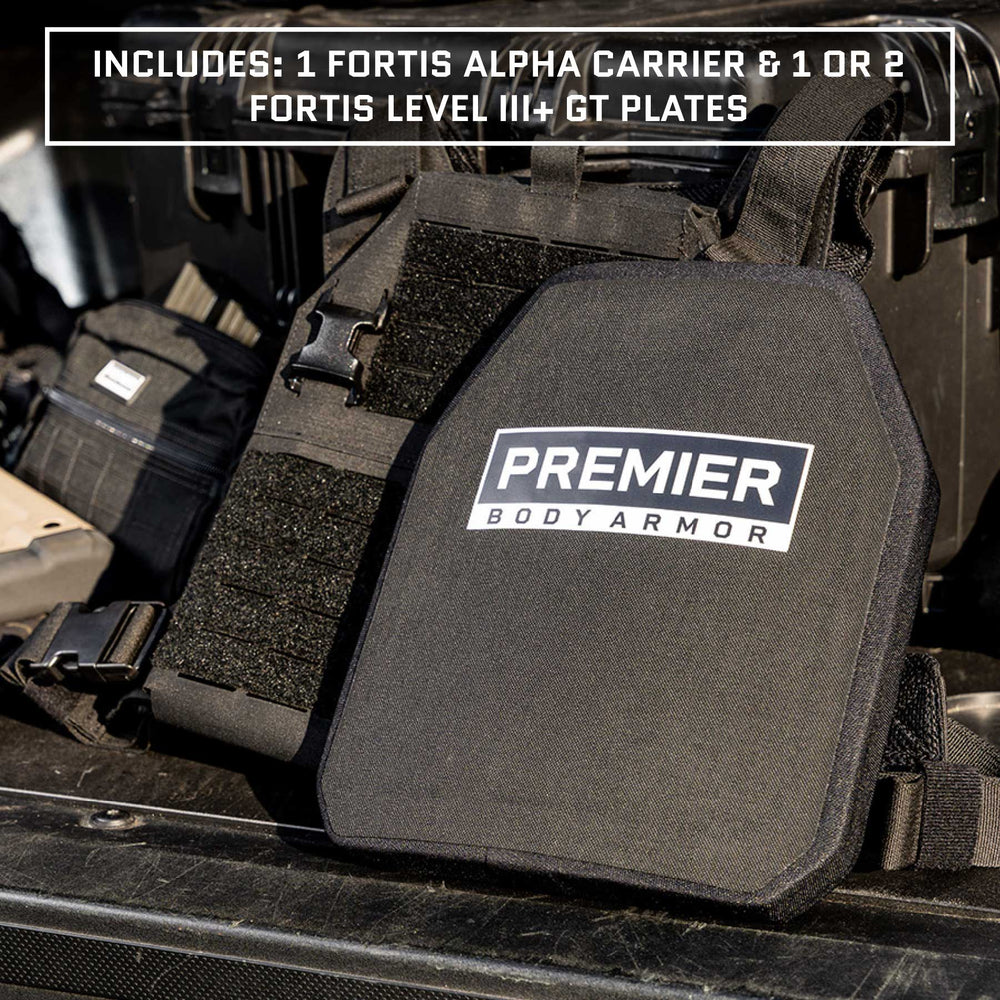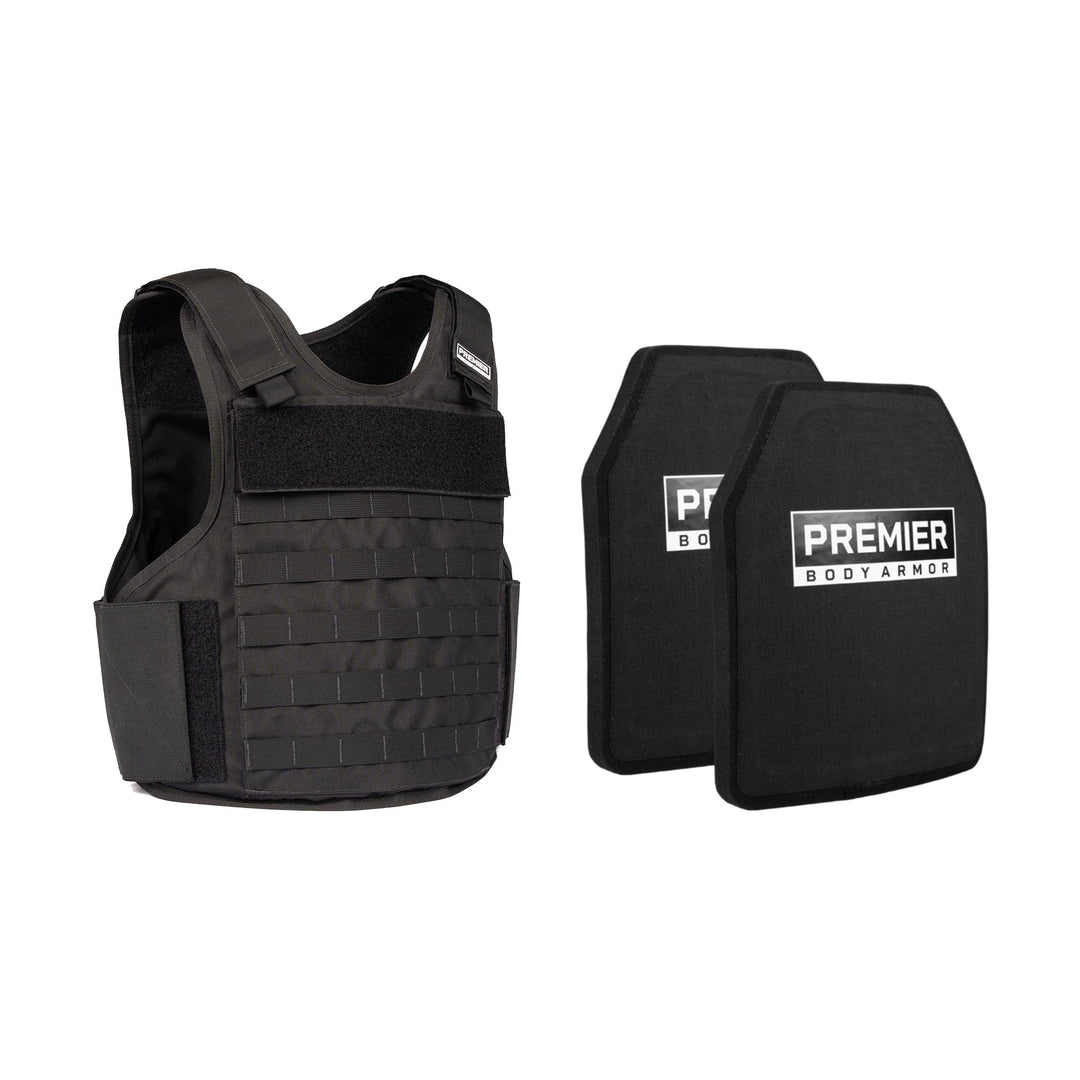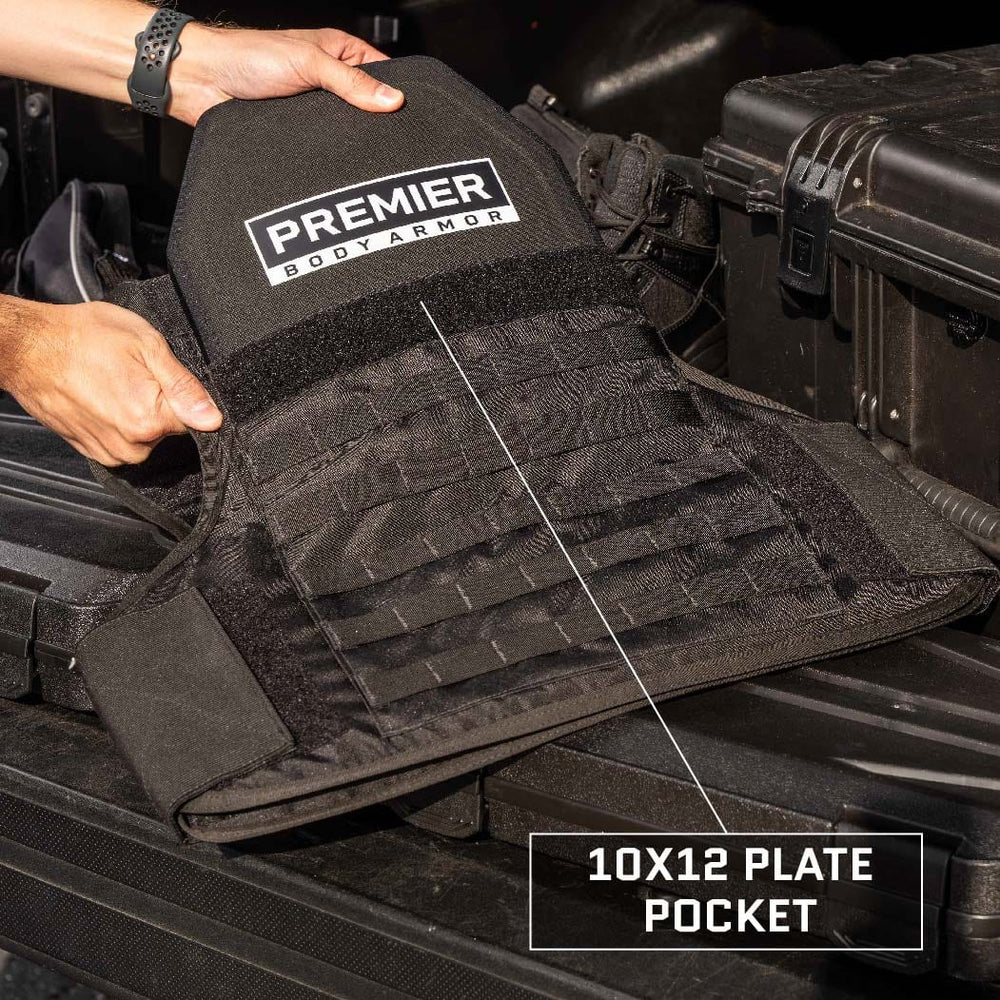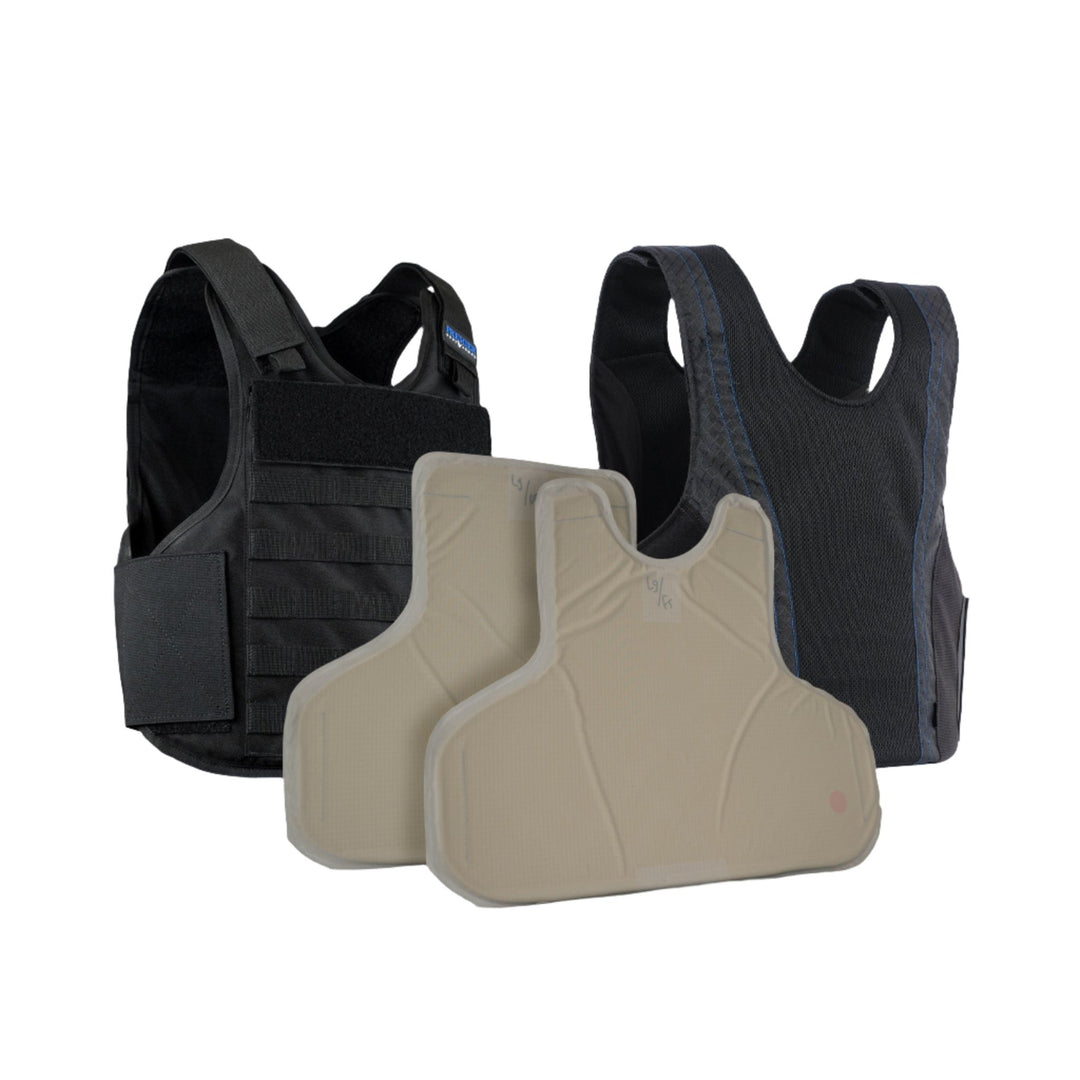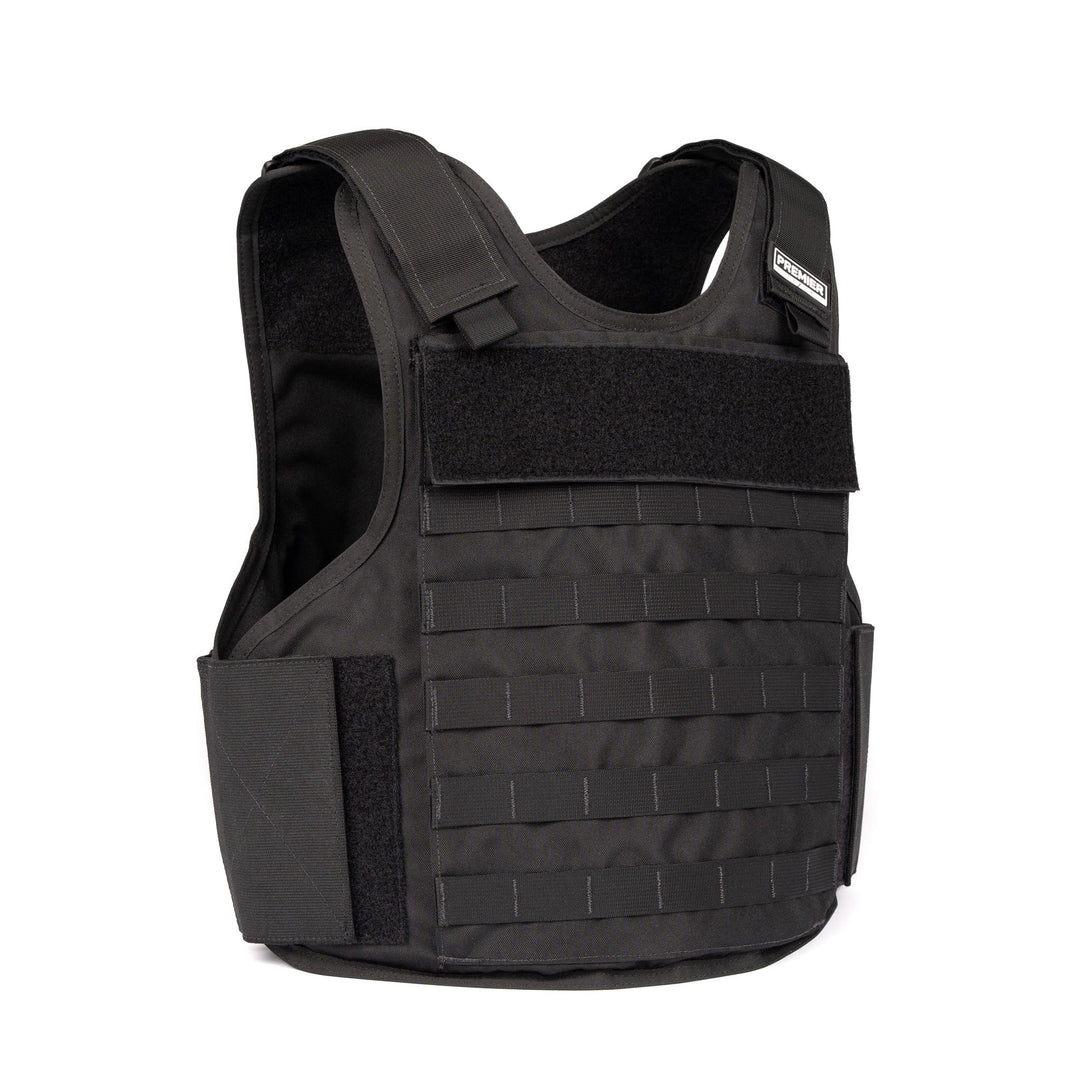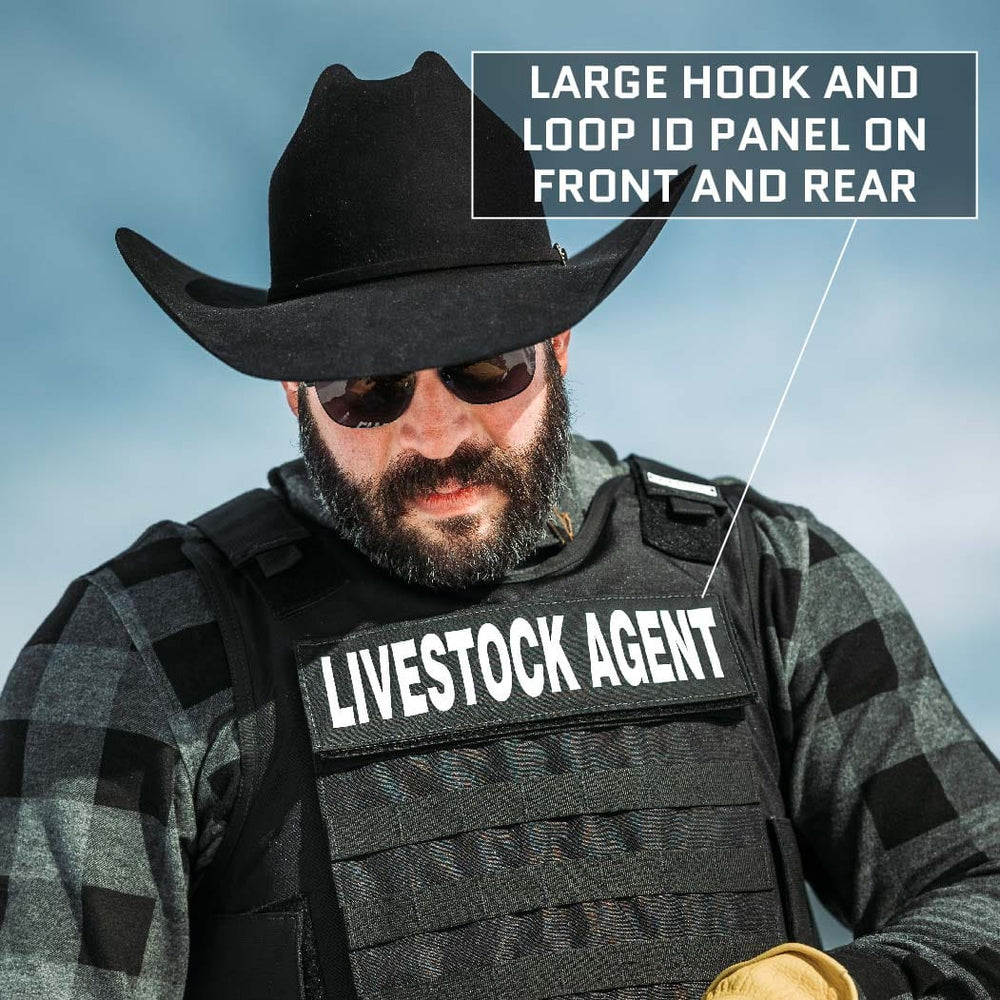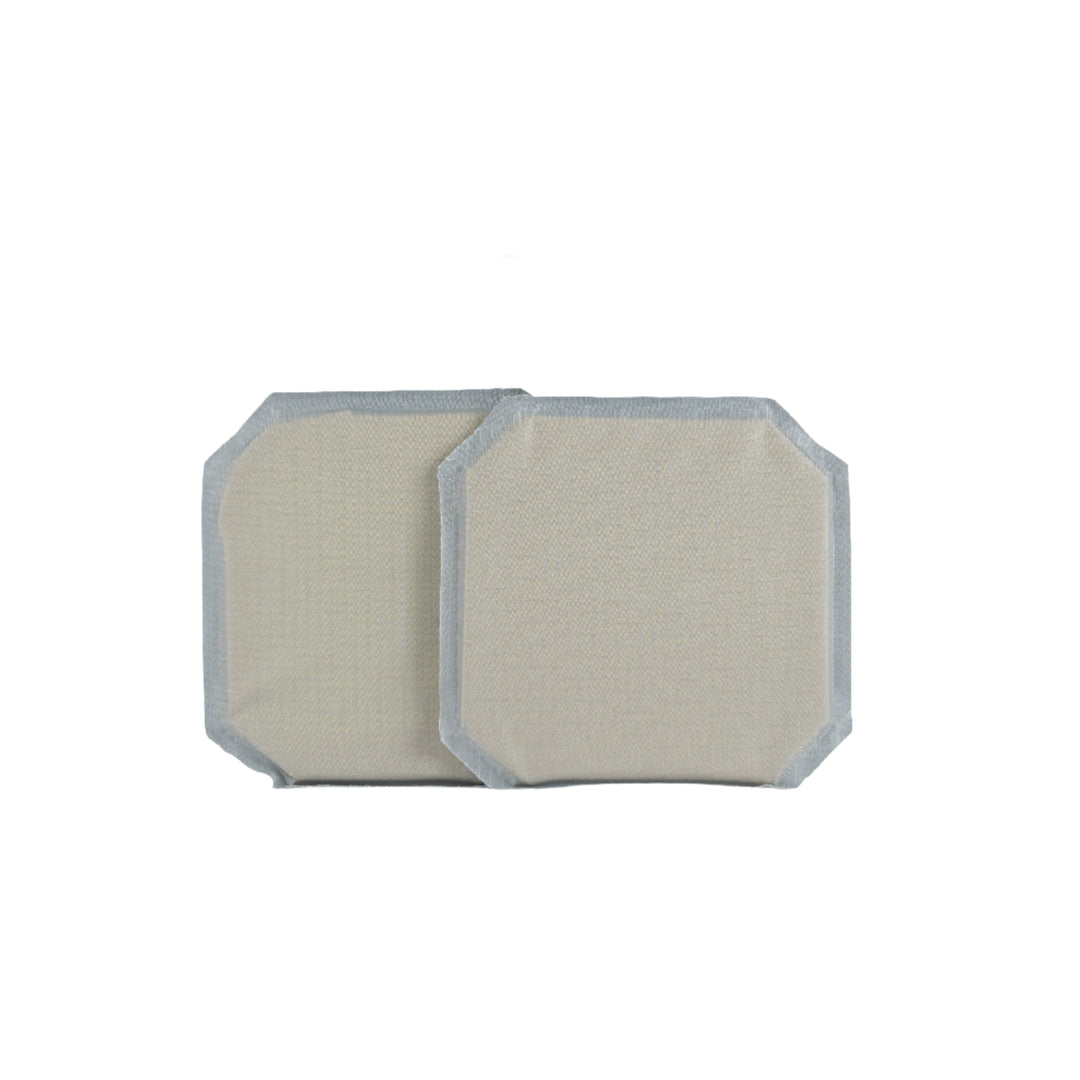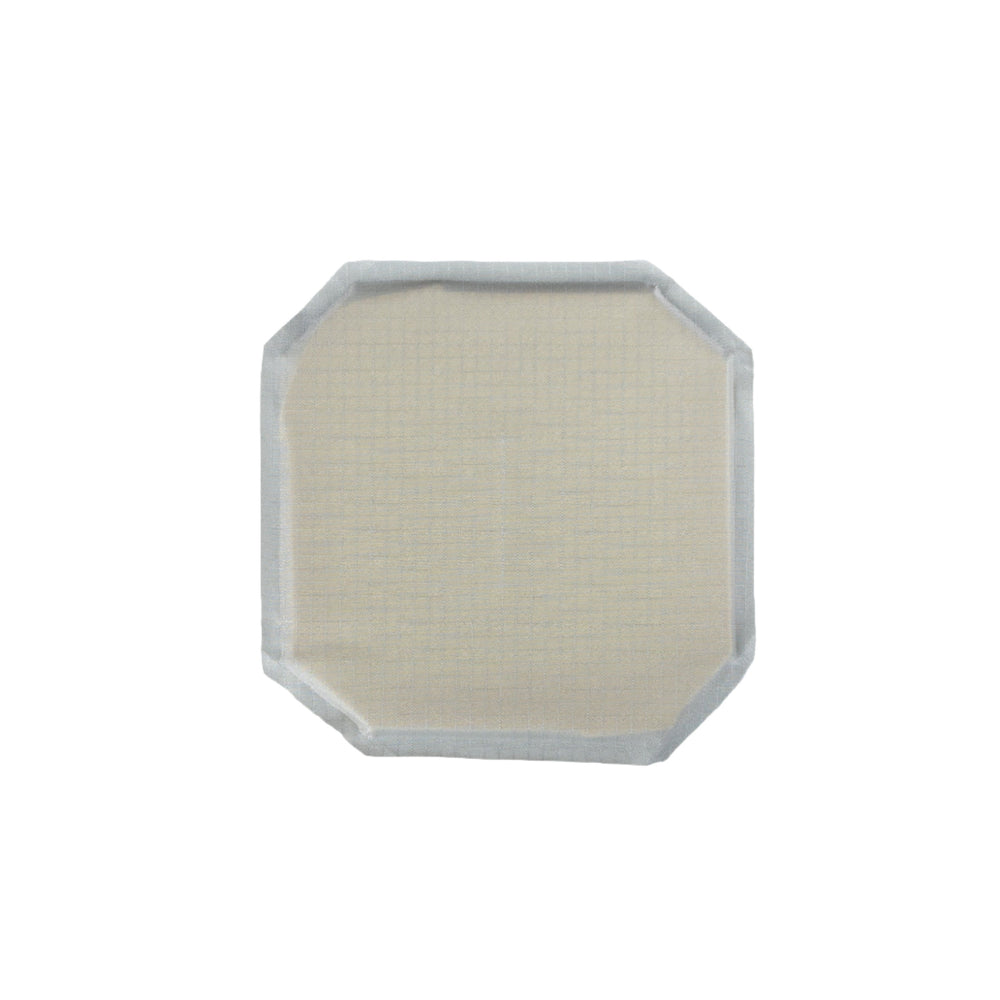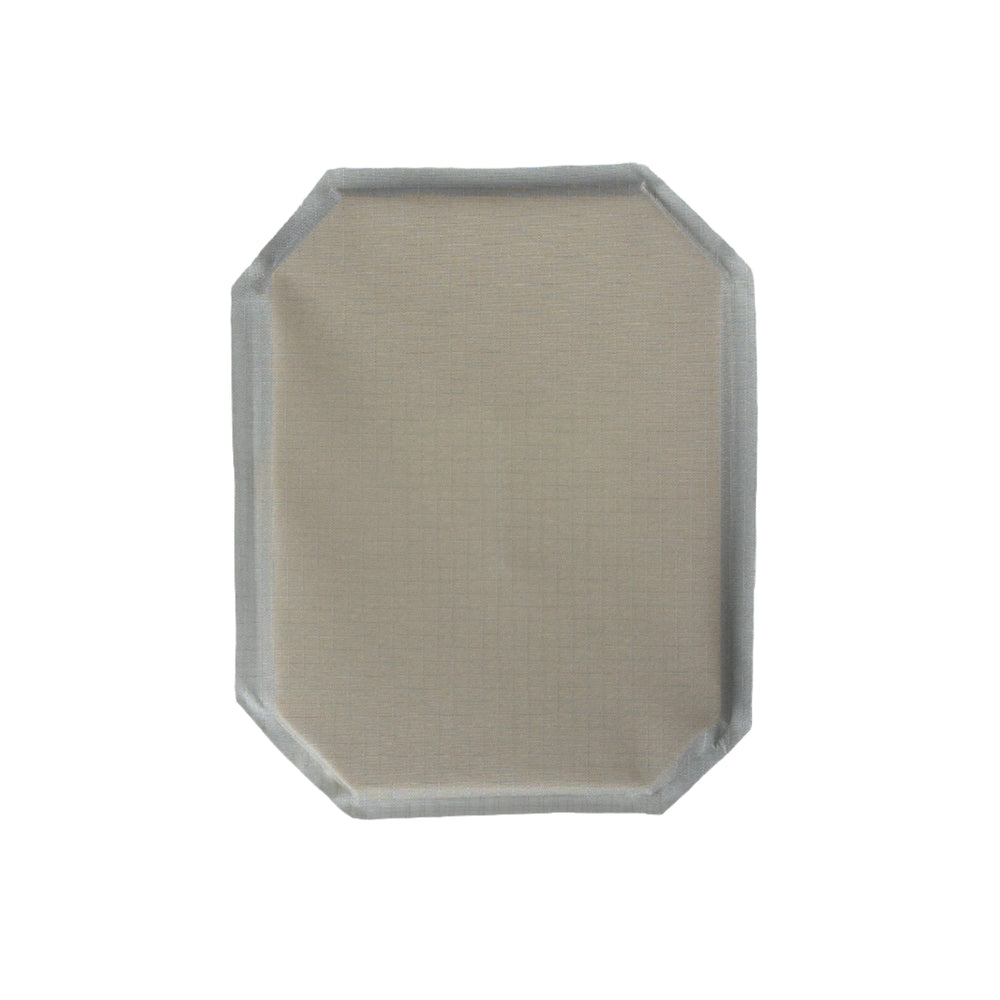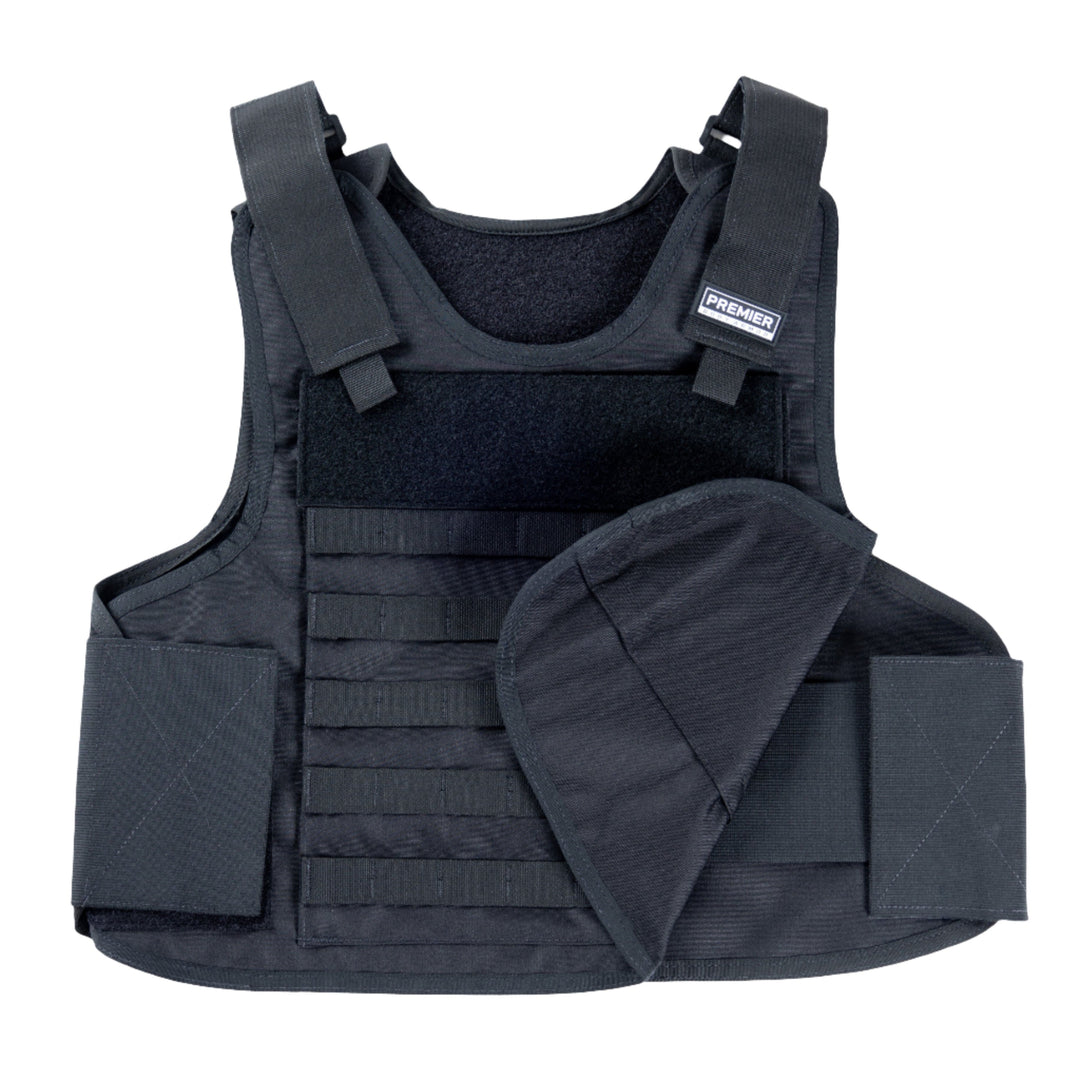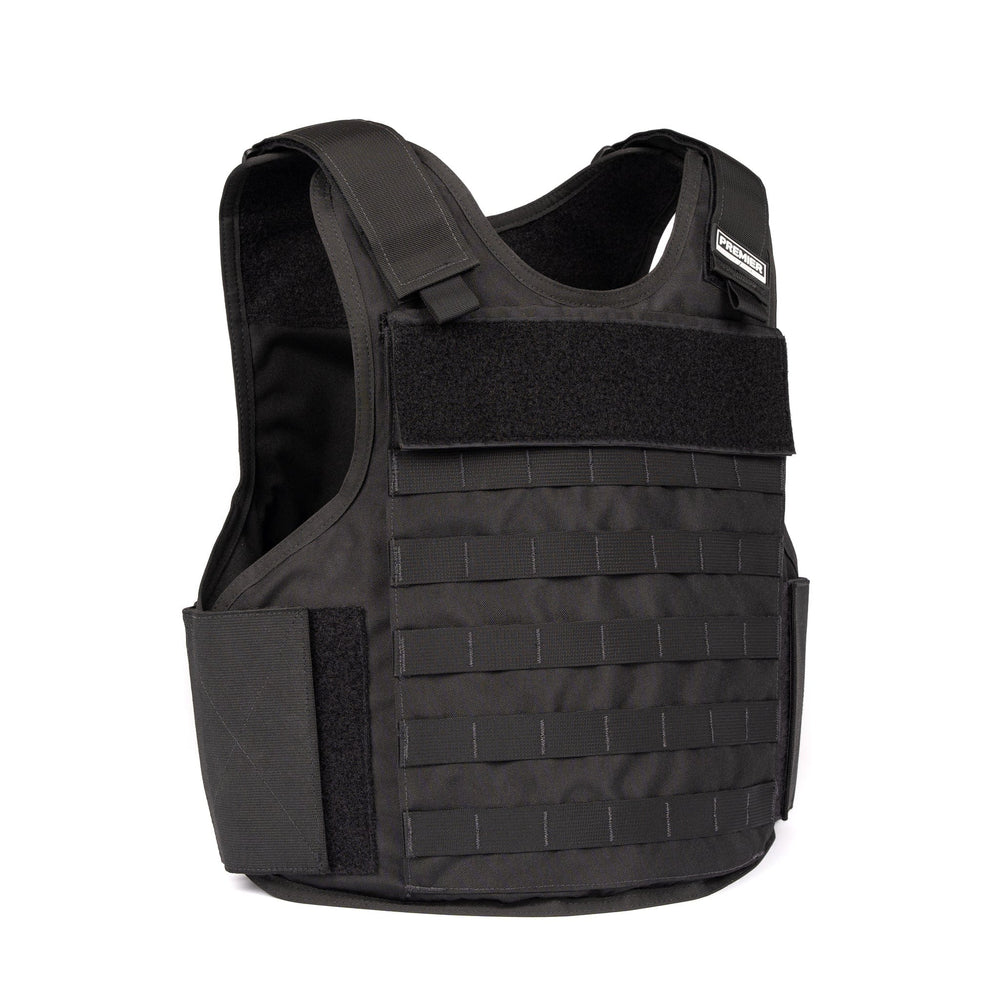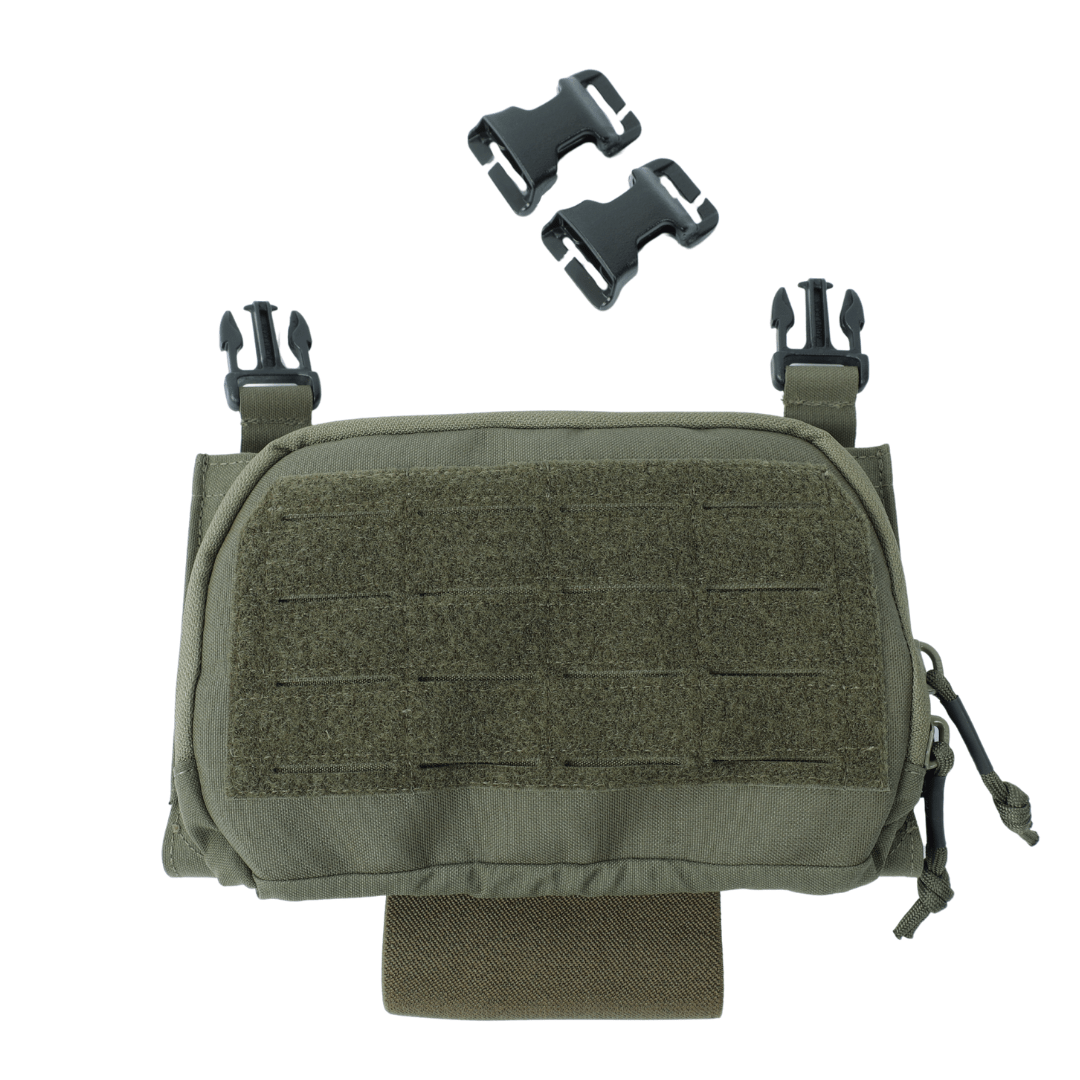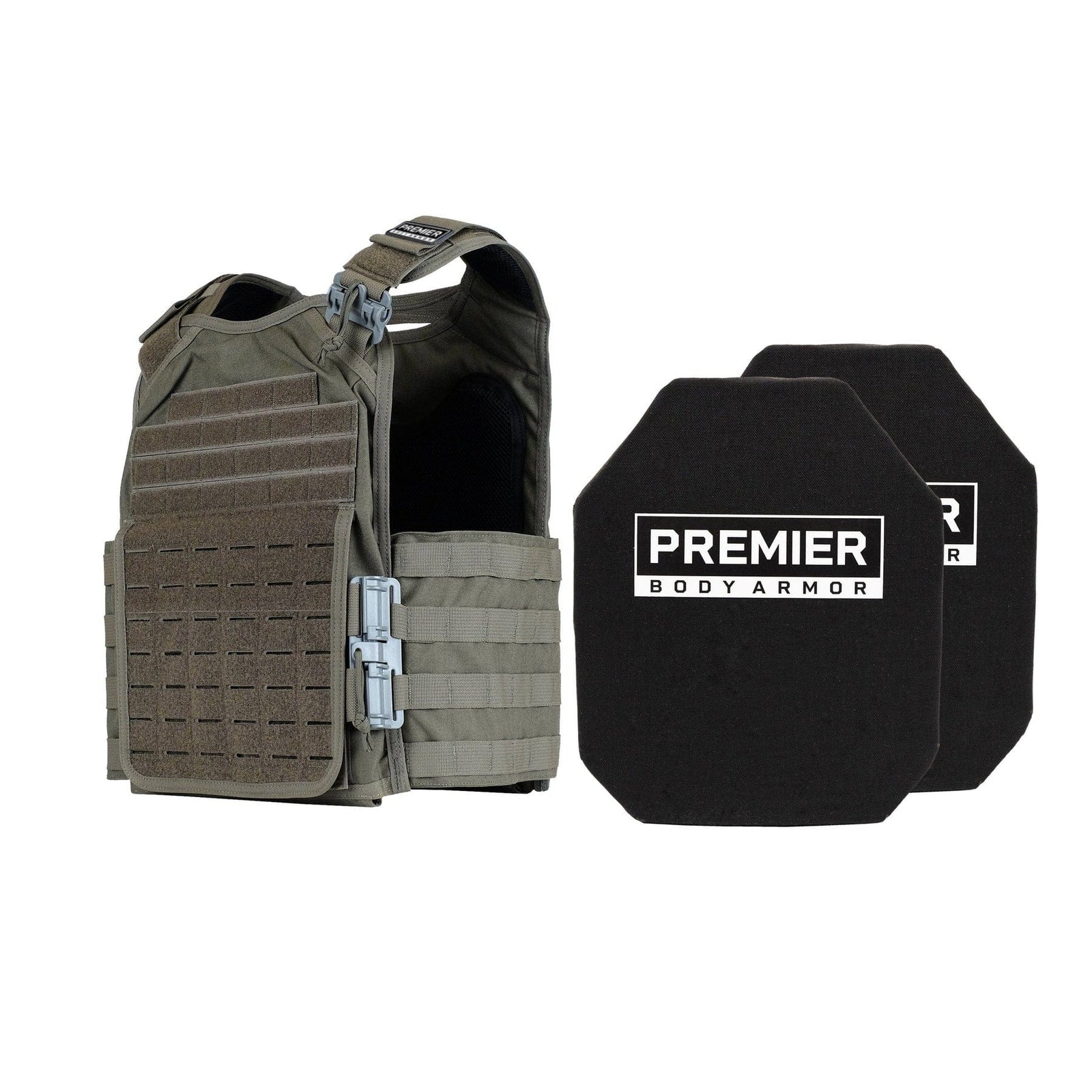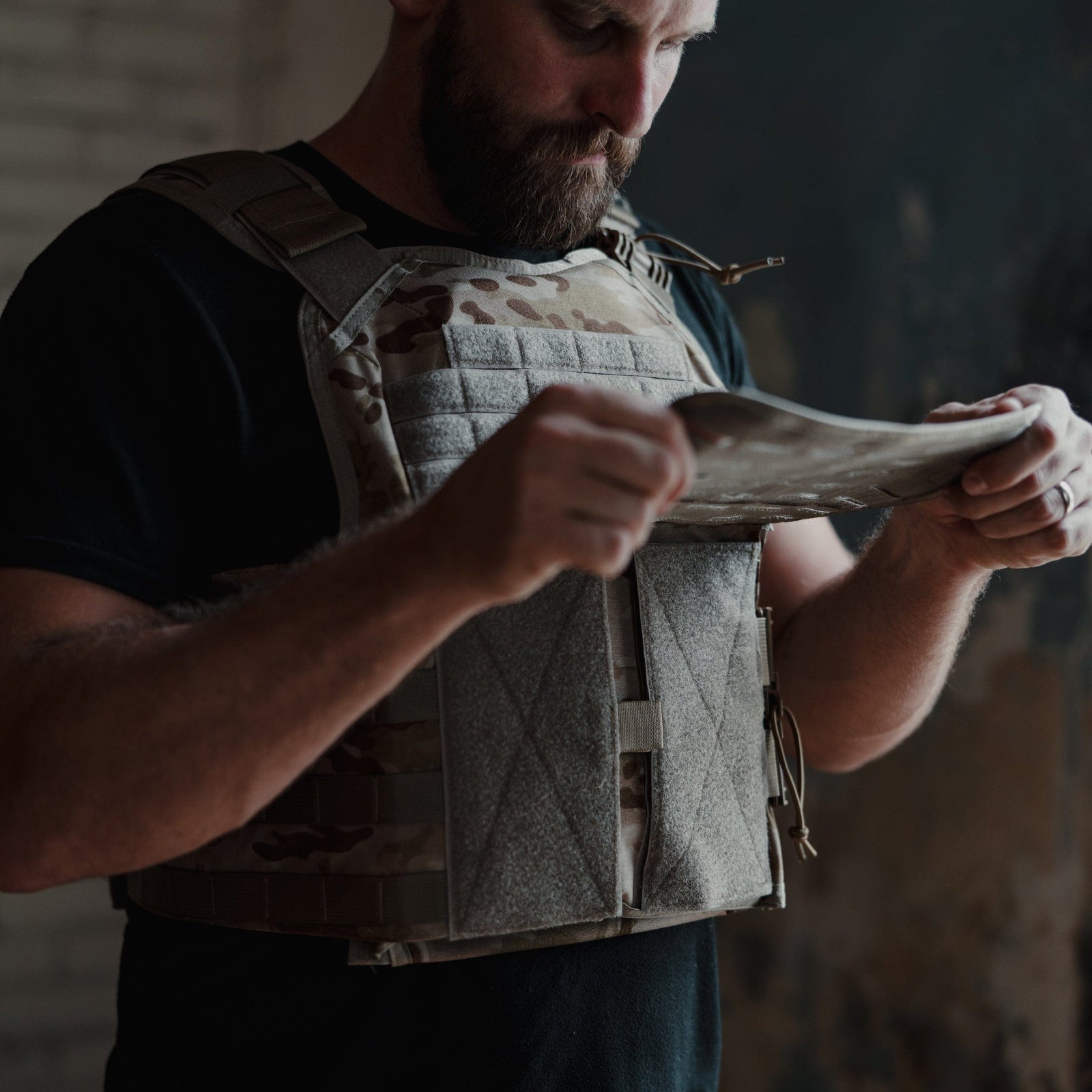Choosing the right plate carrier starts with fit, coverage, and mission. Premier Body Armor offers plate carriers and bundles designed to work with Level IIIA, Level III, and Level IV plates, with options for lightweight, concealable, and duty-ready setups. Adjustable shoulder straps and cummerbunds help dial in plate carrier fit, while MOLLE real estate supports radios, med, and spare mags.
Select carriers are made in the USA & Berry Compliant, and all are built for dependable protection with clear specs you can trust. If you’re shopping your first plate carrier or upgrading for a specific role, explore minimalist profiles for speed and mobility, discreet plate carriers for low-visibility work, or tactical vests with plate pockets and soft armor integration. Pair with Fortis Level III+ plates or a ready-to-roll bundle to get protected faster.
At-A-Glance
- Protection: Compatible with Level IIIA-Level IV, and RF1-RF3 armor plates.
- Profiles: Concealable plate carrier, lightweight plate carrier, and tactical plate carrier with MOLLE.
- Fit & Comfort: Adjustable cummerbund/shoulders; supports common plate cuts (SAPI/ESAPI, Shooter).
- Carry & Modularity: MOLLE/PALS for med, comms, and extra magazines; duty-ready configurations.
- Origin & Build: Durable materials, with select options made in the USA and Berry Compliant.
- Fast Setup: Choose plates + carrier bundle for an easy, all-in-one solution.
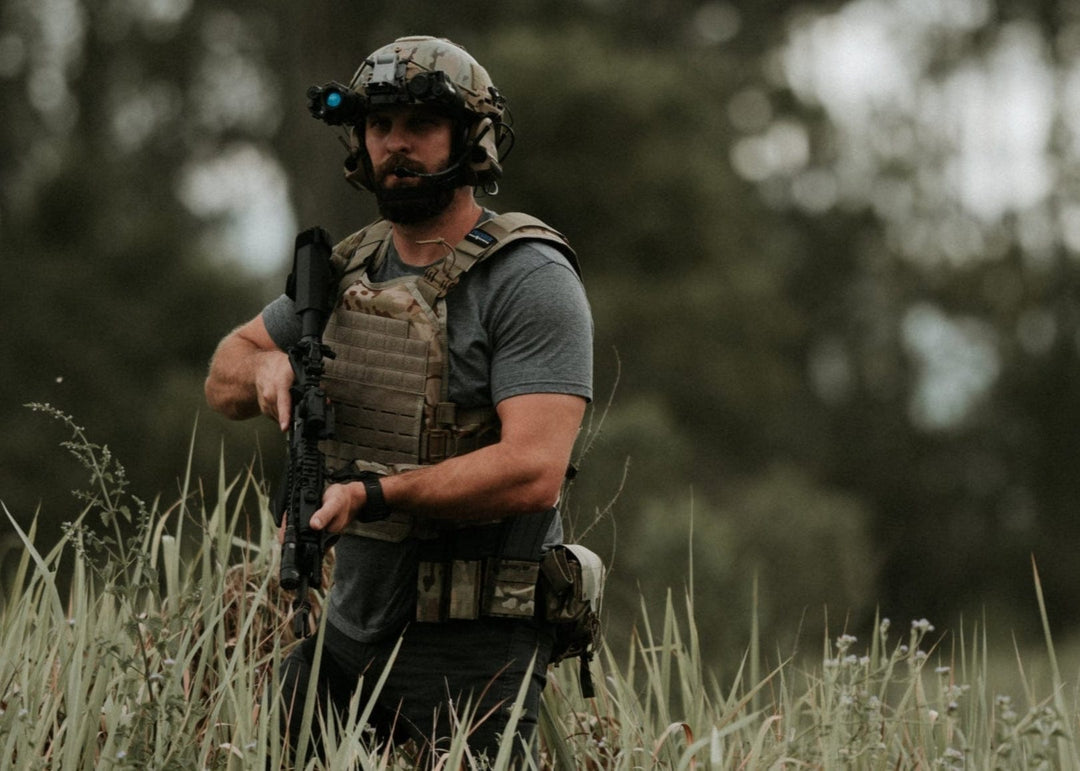
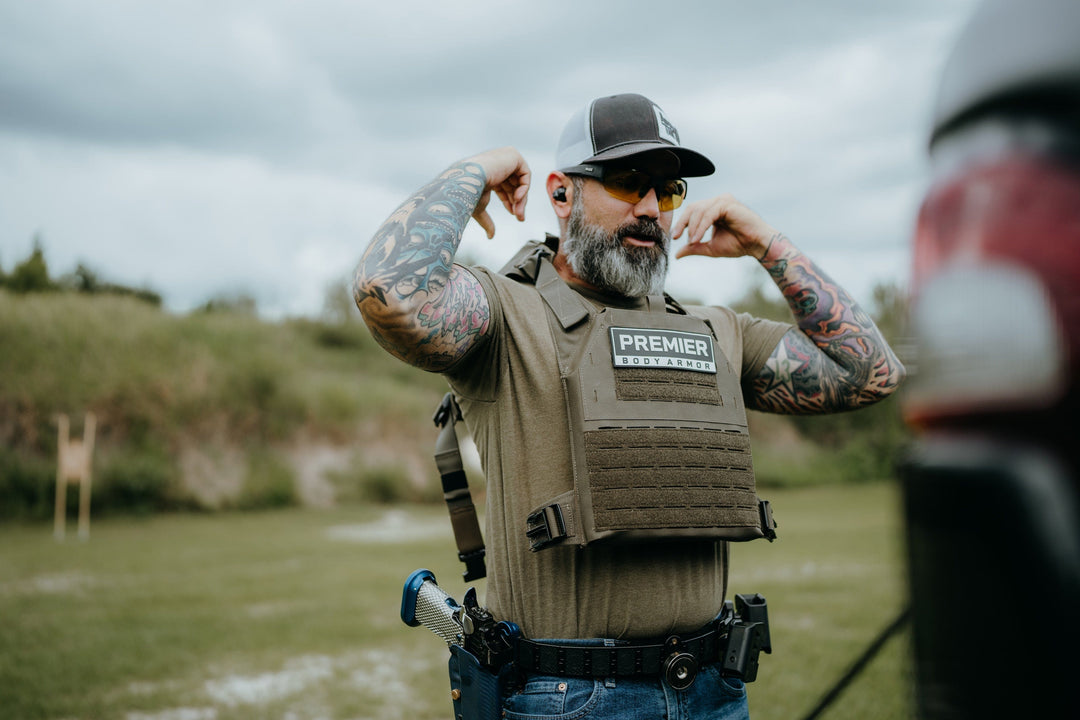

What is a Plate Carrier?
A plate carrier is a type of tactical gear used to protect the torso from ballistic threats using body armor plates. Depending on the design, they can hold hard armor plates in front, back, and side panels to provide maximum coverage and protection.
A plate carrier vest is often compared to the bulletproof vest, but there are important distinctions to be made. A tactical bulletproof vest only provides soft armor protection and typically only covers the front and back of the torso.
A plate carrier vest, on the other hand, is designed to provide higher level protection by incorporating rifle rated hard body armor plates. Plates are made of hard materials like ceramic, steel, or polyethylene.
The level of protection differs according to the type of vest. A budget plate carrier usually offers less protection and features than a more expensive vest with specific protection requirements.
A chest plate carrier is made to hold rifle-rated plates. On the other hand, bulletproof vests usually consist of Level 3A soft armor. Certain vests have the capability to hold hard plates, while some come equipped with Level 3A soft armor. This could be either as inserts in the cummerbund, or functionality to use both soft armor and plates together.
Typically used by military, law enforcement, and security personnel who are at risk of being targeted by firearms using higher caliber/velocity ammunition, chest plate carriers are also commonly used by civilians who want additional protection in high-risk environments. It is important to note that the level of protection offered by plate carriers varies. This depends on the type of armor plates used.
Types of Plate Carriers:
Military plate carriers
Army plate carriers are designed for use by military personnel and are often made with durable materials to withstand tough conditions in the field. These typically have plates that protect against rifle and shotgun threats. They also tend to have a large number of attachment points, usually using MOLLE, for carrying additional gear. More specific information can be found below in the FAQ section.
Tactical plate carriers
A tactical plate carrier is designed for use by law enforcement and security personnel in tactical situations. Specifically, a tactical vest with plates is designed to be lightweight and maneuverable while still providing ample protection. Some tactical applications, like when the user is swimming, crawling, or climbing, require specific plates for plate carriers, as size and weight are factors that need to be considered.
Concealable plate carriers
Concealable plate carriers, such as our Discreet Plate Carrier, are minimalist carriers designed to be worn under clothing, allowing the wearer to conceal their armor. They are made with thinner, lighter materials to reduce bulk and increase comfort and concealability. This type of body armor carrier can be more popular for those in executive protection, where being discreet is key.
Soft armor plate carriers
Soft armor plate carriers, such as our Hybrid Tactical Vest, incorporate soft armor inserts in addition to hard armor plates. The soft armor inserts provide additional protection against fragmentation and handgun rounds, while the hard armor plates protect against high-powered rifles.
It's important to note that the type of carrier used will depend on the level of protection needed and the specific requirements of the user.
Compare Carrier Types
| Type | What it prioritizes | Best for |
|---|---|---|
| Concealable | Low print, mobility, everyday wear | Executive protection, low-profile carry |
| Tactical | MOLLE capacity, scalable protection | Patrol, training, range, duty use |
| Hybrid/Duty | Soft armor coverage + rifle plates | Higher-threat environments requiring flexibility |
Level IV Core Mission Plate Carrier Bundle
Setting up a plate carrier:
Plates and plate carriers are designed to provide life saving protection It is important to take the time to properly set up and adjust your plate carrier to ensure maximum comfort and protection.
Plate carrier setup involves properly adjusting the straps and securing the armor plates in place. Here are the steps to follow when setting up your plate carrier:
- Adjust the shoulder straps: Loosen all of the straps on the carrier and put it on like a backpack. Make sure the carrier is positioned so the armor plates are in the front and back of the carrier, and then adjust the shoulder straps so they are snug but not too tight.
- Adjust waist strap: Once the shoulder straps are in place, adjust the waist strap so it is snug and sits comfortably on your hips. This will help distribute the weight of the carrier evenly across your body. Check the shoulder straps again to be sure they are still snug and the carrier lays flat against your chest and back.
- Secure armor plates: Place the armor plates in the designated pockets on the front and back of the carrier. Make sure the plates are securely fastened and do not move around when you move.
- Adjust side straps: Once the armor plates are in place, adjust the side straps so they are snug and hold the armor plates securely in place.
- Test the fit: With all of the straps adjusted, it is important to test the fit of the carrier. Move around and perform various movements to ensure the carrier stays in place and does not shift. If necessary, readjust the straps to get a comfortable and secure fit.
Plate carrier setup is extremely important, and should be done routinely as the plate carrier is used. On top of proper setup, there are certain things to keep in mind when setting up a plate carrier system, such as plate type, accessories, and plate cut.
What plates to use in a plate carrier:
The type of plate carrier plates you use can depend on a variety of things. The most important thing to consider is the level of protection.
Level 3 plates are set up differently than Level 4 plates, as they weigh less and feel different. It is also important to acknowledge that certain armor cuts require specific set up. For example, the shooter cut setup, which allows greater arm and leg mobility, may fit differently than an ESAPI cut setup.
When choosing plates, consider the Fortis Level III+ Single Curve Plates, known for their balance of protection and comfort. For specialized protection, the Fortis III+ Green Tip, Fortis III+ GT/RF2 Single Curve, and Fortis III+ RF1 ICW Single Curve plates provide excellent ballistic resistance. Pair these plates with the Fortis Alpha Carrier for optimal load distribution and comfort.
For those seeking a comprehensive solution, the Fortis Level III+ Loadout provides a complete setup for various operational needs. Explore the full range of Fortis Body Armor to find the right combination of plates and carriers to ensure you are fully protected in any situation.
For a broader selection, Premier Body Armor's extensive range of plates and plate carriers offers numerous options to fit your needs.
Plate Carrier Accessories:
It is also important to consider what accessories you might be using, such as a knife or flashlight. For a full loadout, you want to look for a carrier with MOLLE webbing (or something similar) to allow you to complete your kit with any medical supplies, communication devices, or additional magazines. These items and their attachment points may influence the setup process.
Plate Carrier FAQs
Yes, civilians can own plate carriers. However, it is important to note that wearing a body armor vest may be regulated by state and local laws, so be sure to familiarize yourself with the laws in your area before purchasing a plate carrier.
A plate carrier is built to hold hard armor plates, often paired with soft armor, while a tactical vest/bulletproof vest typically relies on soft armor alone. If you’re comparing coverage, weight, and rifle protection, start here: Bulletproof Vest vs Plate Carrier.
Comfort comes from plate carriers with the right sizing, padding, and ventilation, plus correct plate carrier fit. Choose plate cuts that match your frame (e.g., shooter cut for arm clearance), adjust shoulder/cummerbund tension evenly, and keep your loadout balanced. A truly comfortable plate carrier feels snug, doesn’t bounce, and preserves shoulder mobility.
The size of the carrier you need will depend on your body measurements and the size of the armor plates you plan to use. It is important to measure your chest, waist, and hips to ensure you get the right fit. You may also want to try on different models to see which one feels most comfortable for you.
Carriers and ballistic vests typically provide as much protection to the stomach as it does to the chest. The coverage area depends on the specific model, but most plate carriers are designed to protect a portion of the chest and back called the cardiac box, and do so with a chest plate. If you need additional coverage, you may want to consider purchasing side plates or an outer vest carrier with more coverage.
Plate carrier systems are used by law enforcement, security professionals, and prepared civilians who need scalable protection. With soft armor inserts and hard armor plates, a modern body armor carrier adapts from low-profile wear to duty-ready loadouts for higher-threat environments.
The military employs a variety of outer vest carriers depending on the branch, the mission, and protection requirements. For the most part, the Army plate carrier is called the Improved Scalable Plate Carrier (ISPC), the Marine Corps uses the Improved Modular Tactical Vest (IMTV).
Other branches, such as the Navy, use variations of the ISPC and the IMTV, as well as the Improved Outer Tactical Vest (IOTV) depending on the required application. Given the high threat levels routinely faced by the military, most plate carriers use Level 3 plates and Level 4 plates rated per NIJ standards.
When cleaning and caring for a carrier system, it is important to follow the manufacturer's instructions. Generally, it is smart to avoid high heat and harsh chemicals. Instead, remove surface dirt and debris with a damp cloth, and then hand wash with mild soap and warm water.
Some plate carriers and vests, such as the Executive Vest, feature an antimicrobial finish designed to minimize odors and limit microbe growth caused by sweat.

